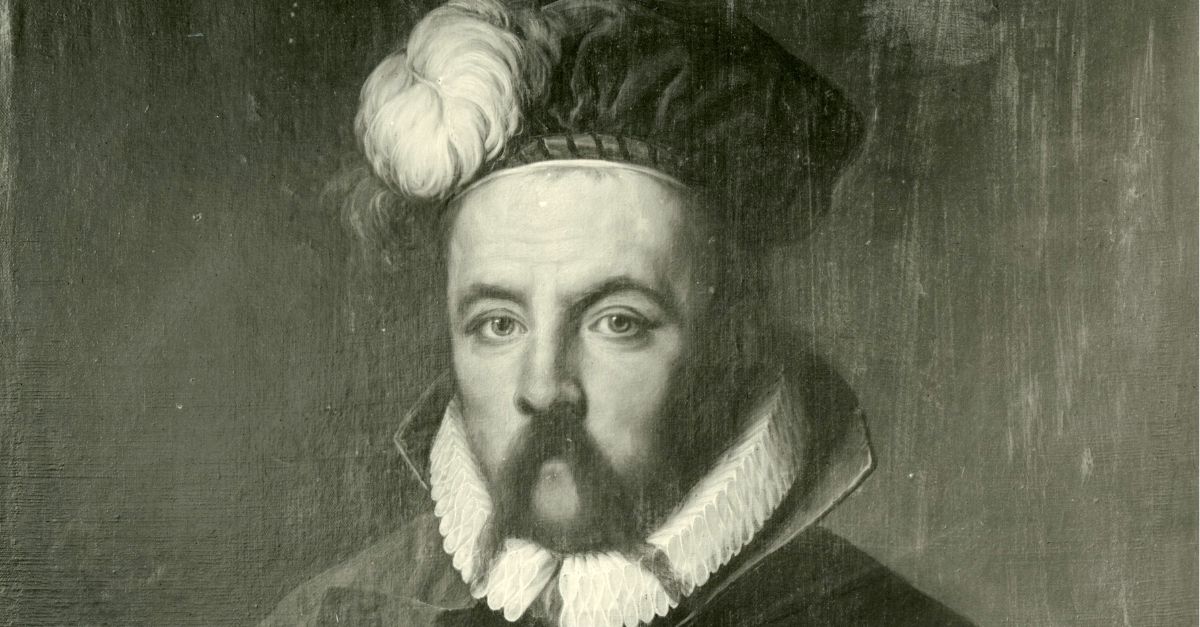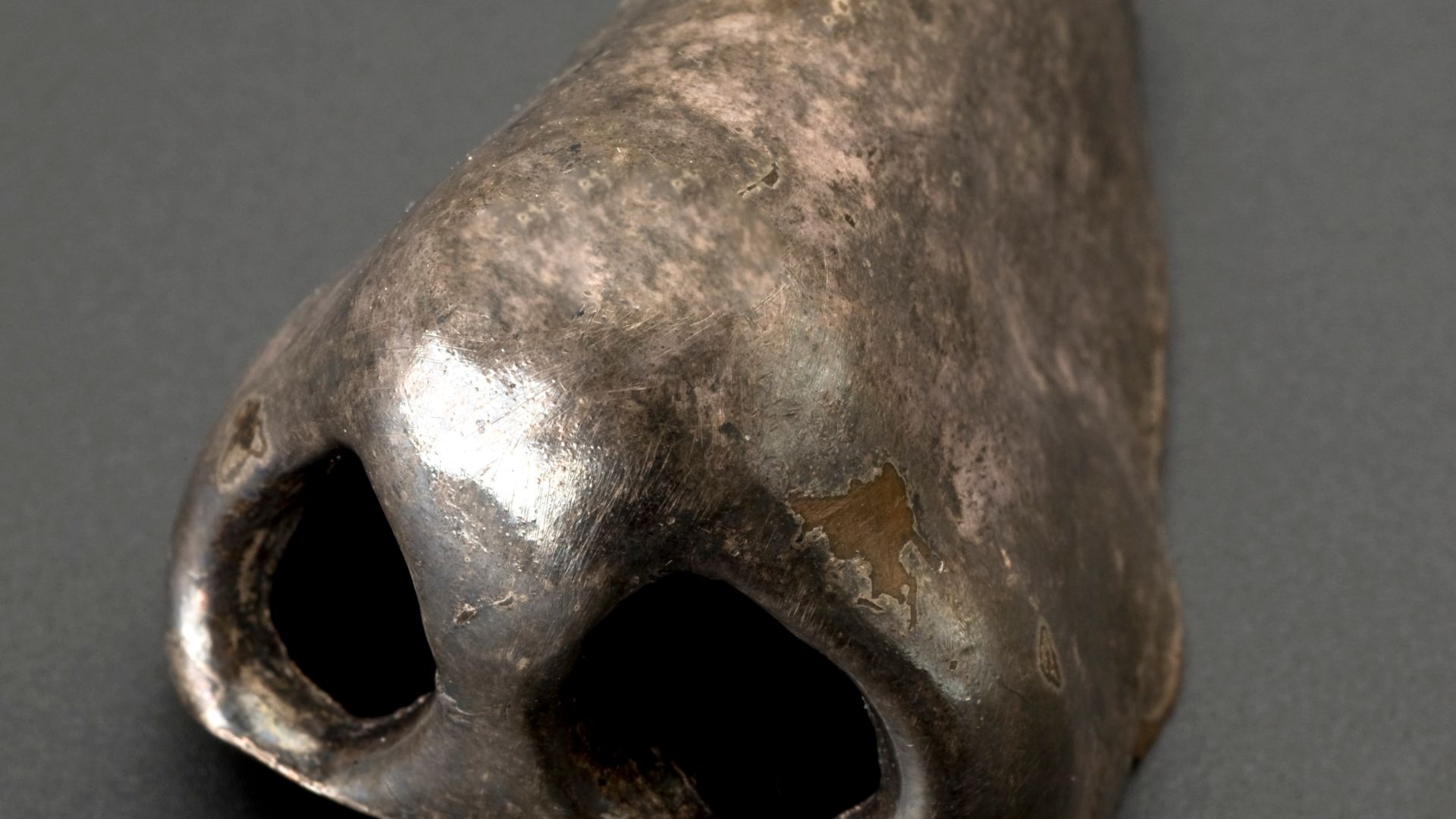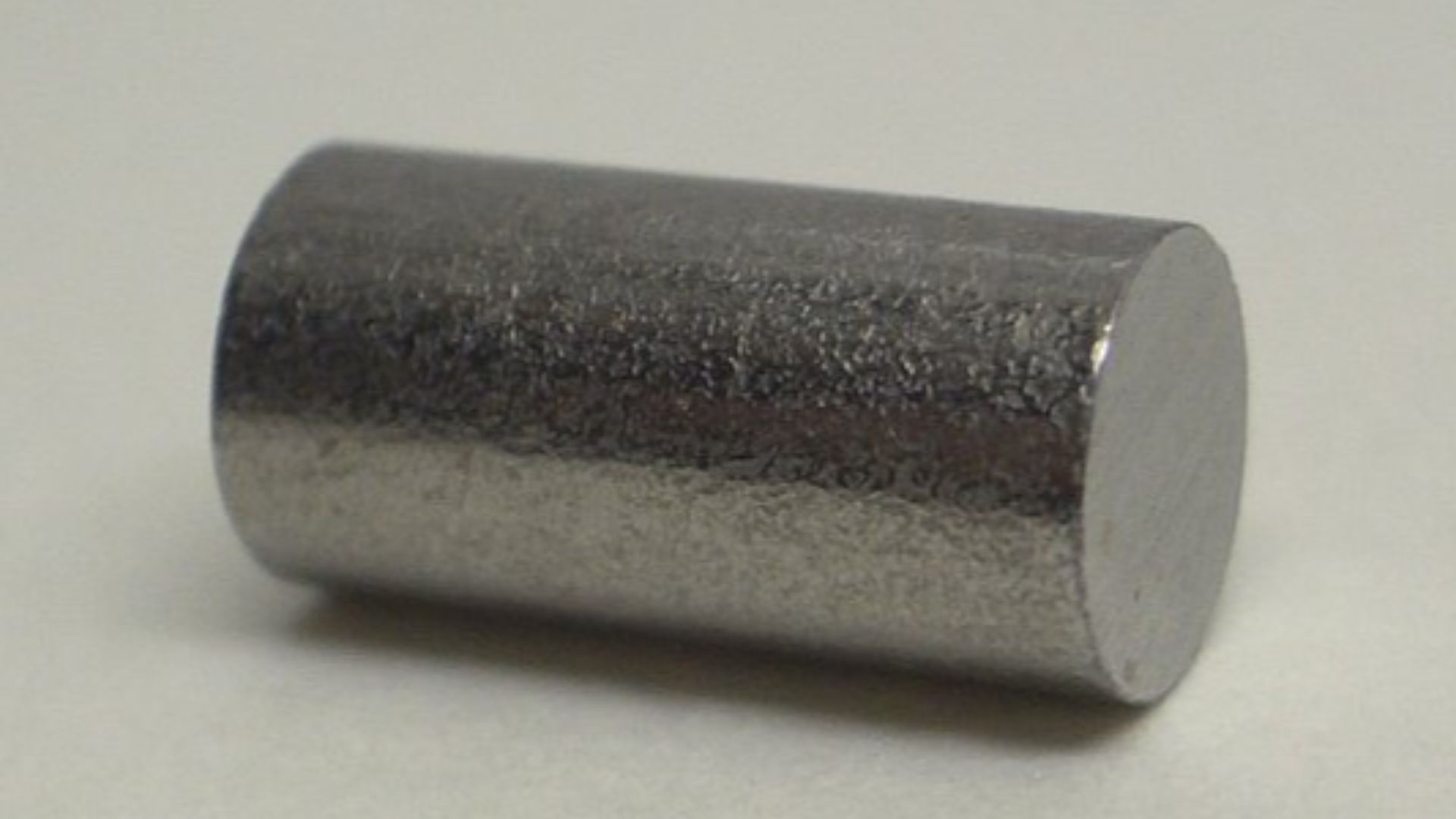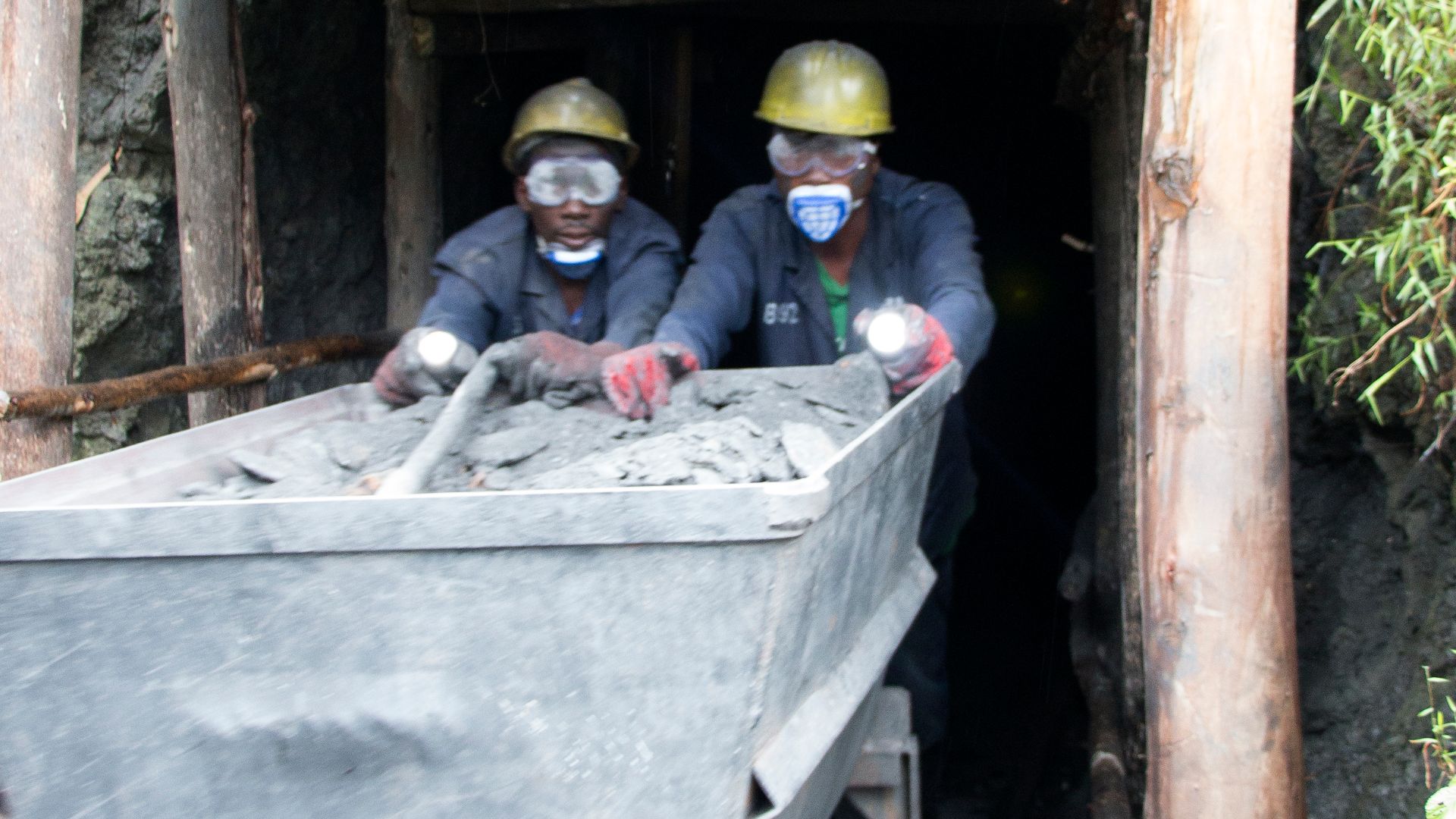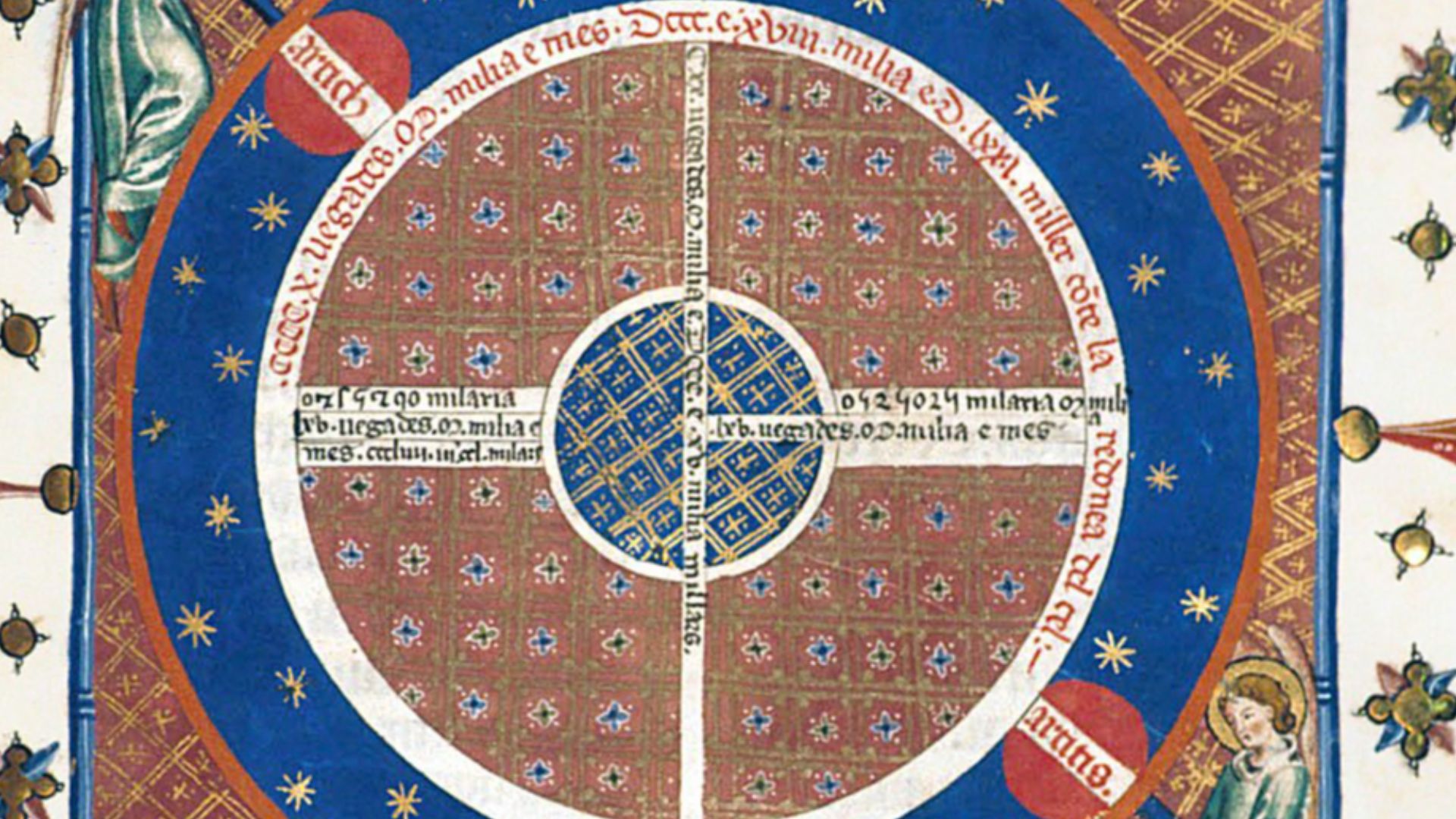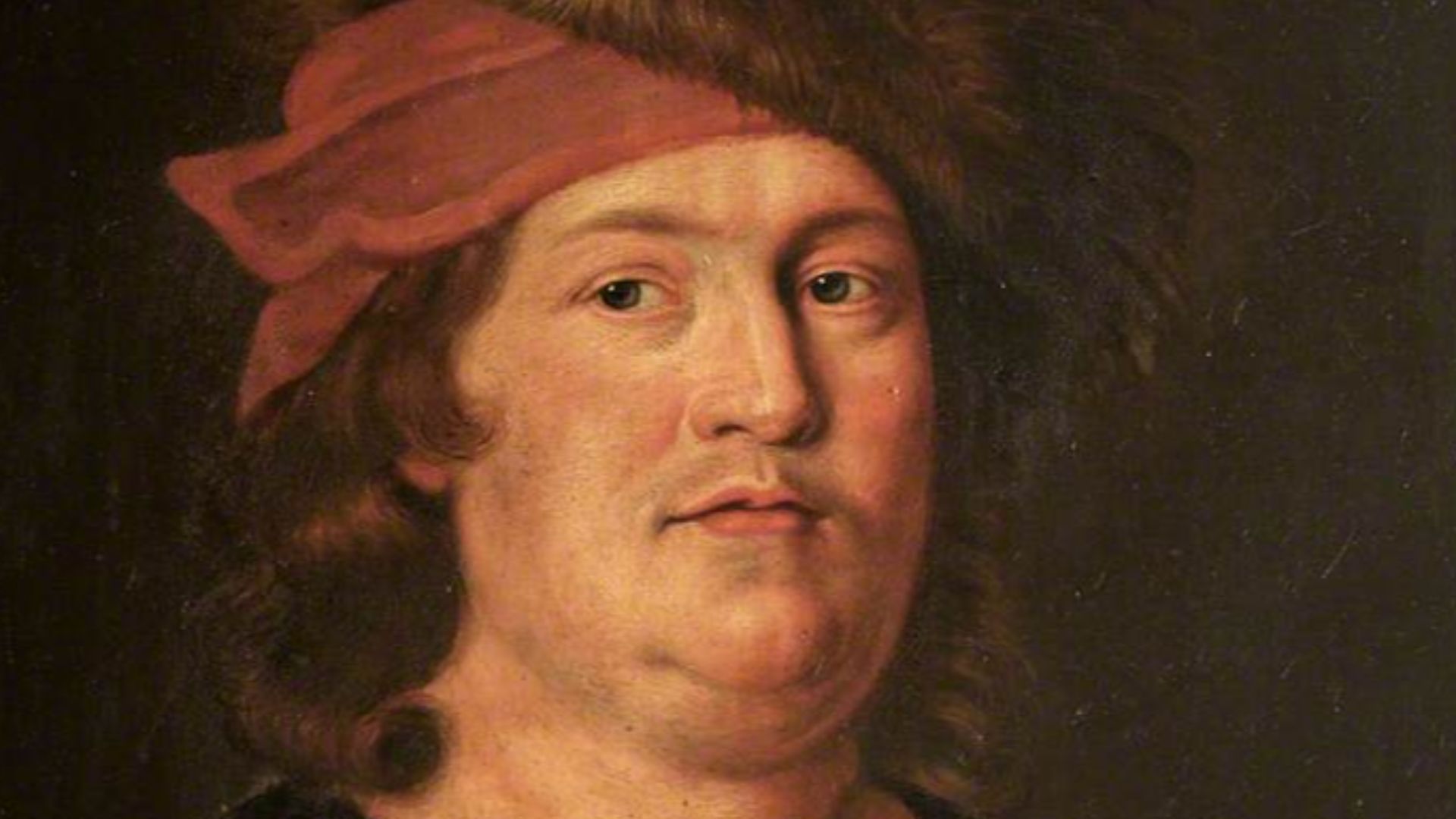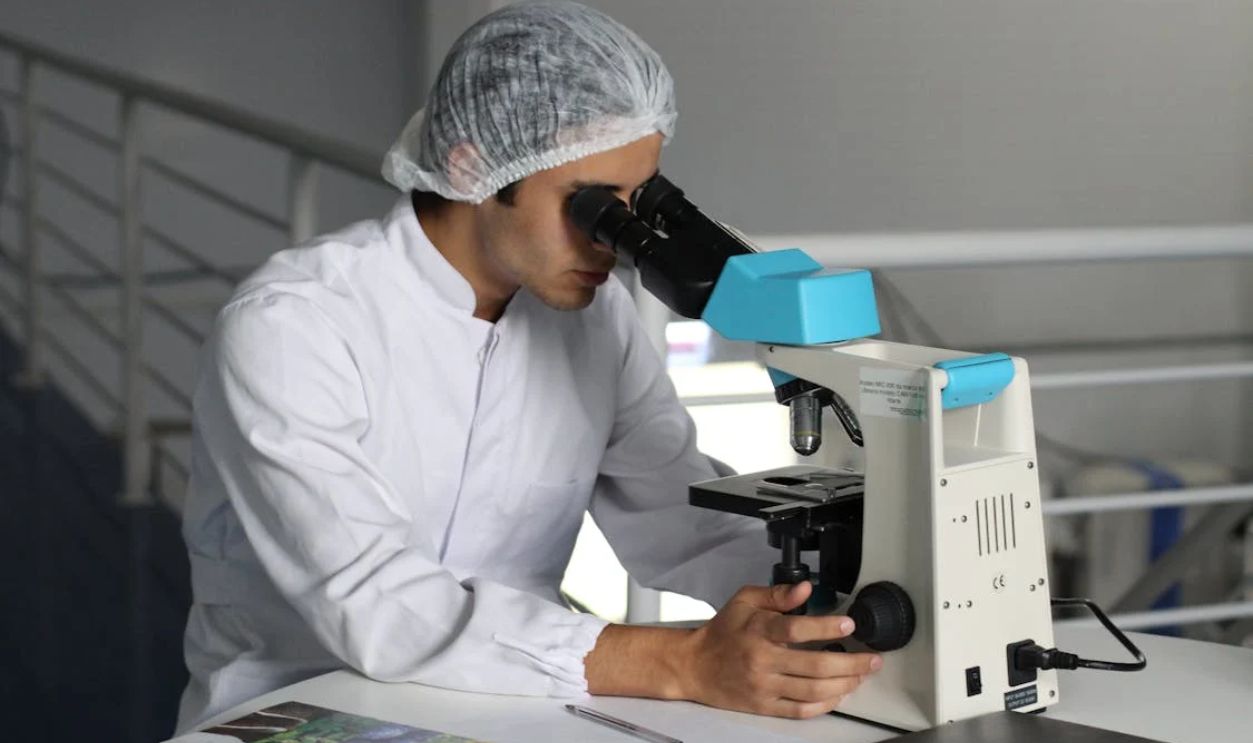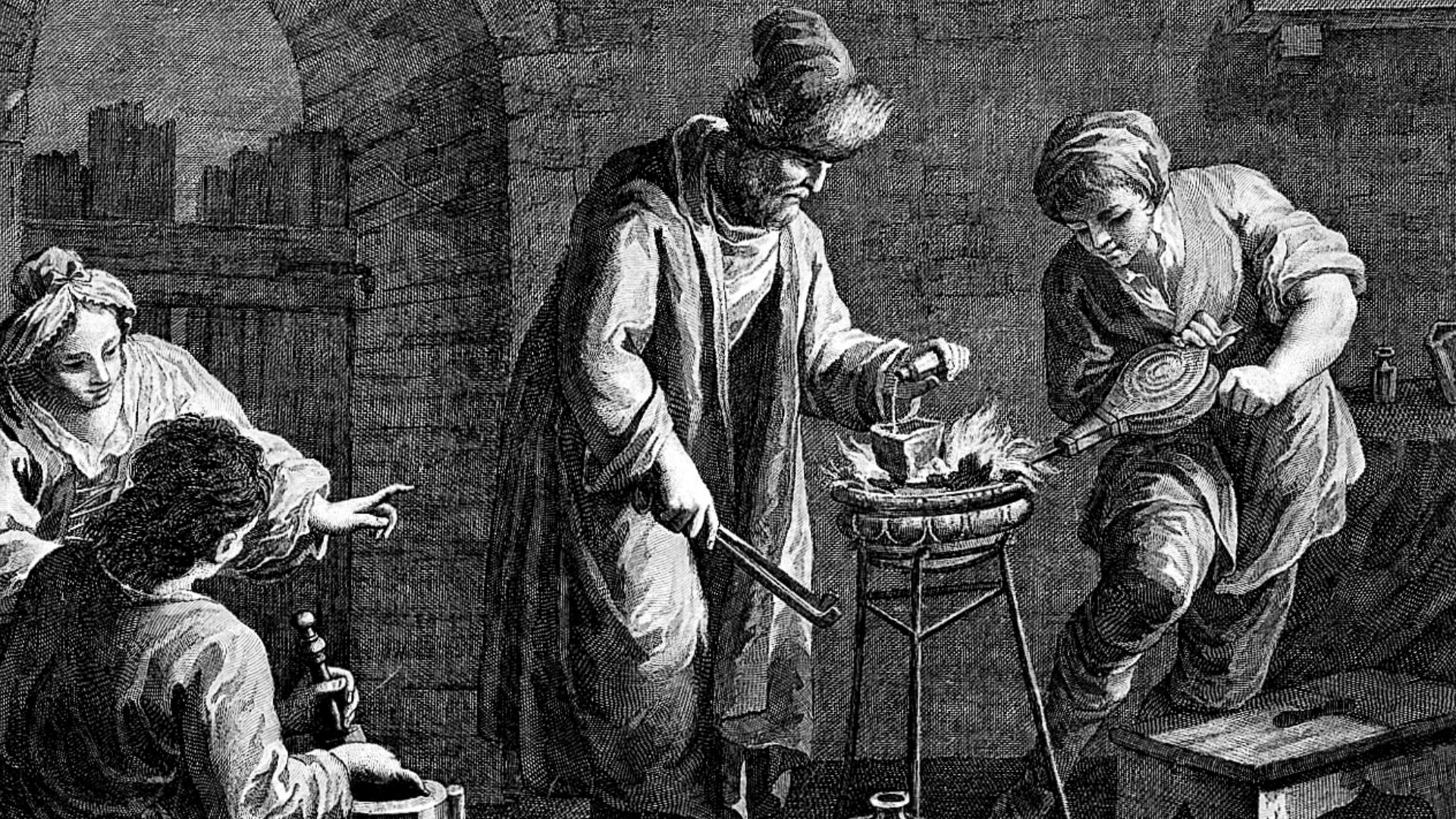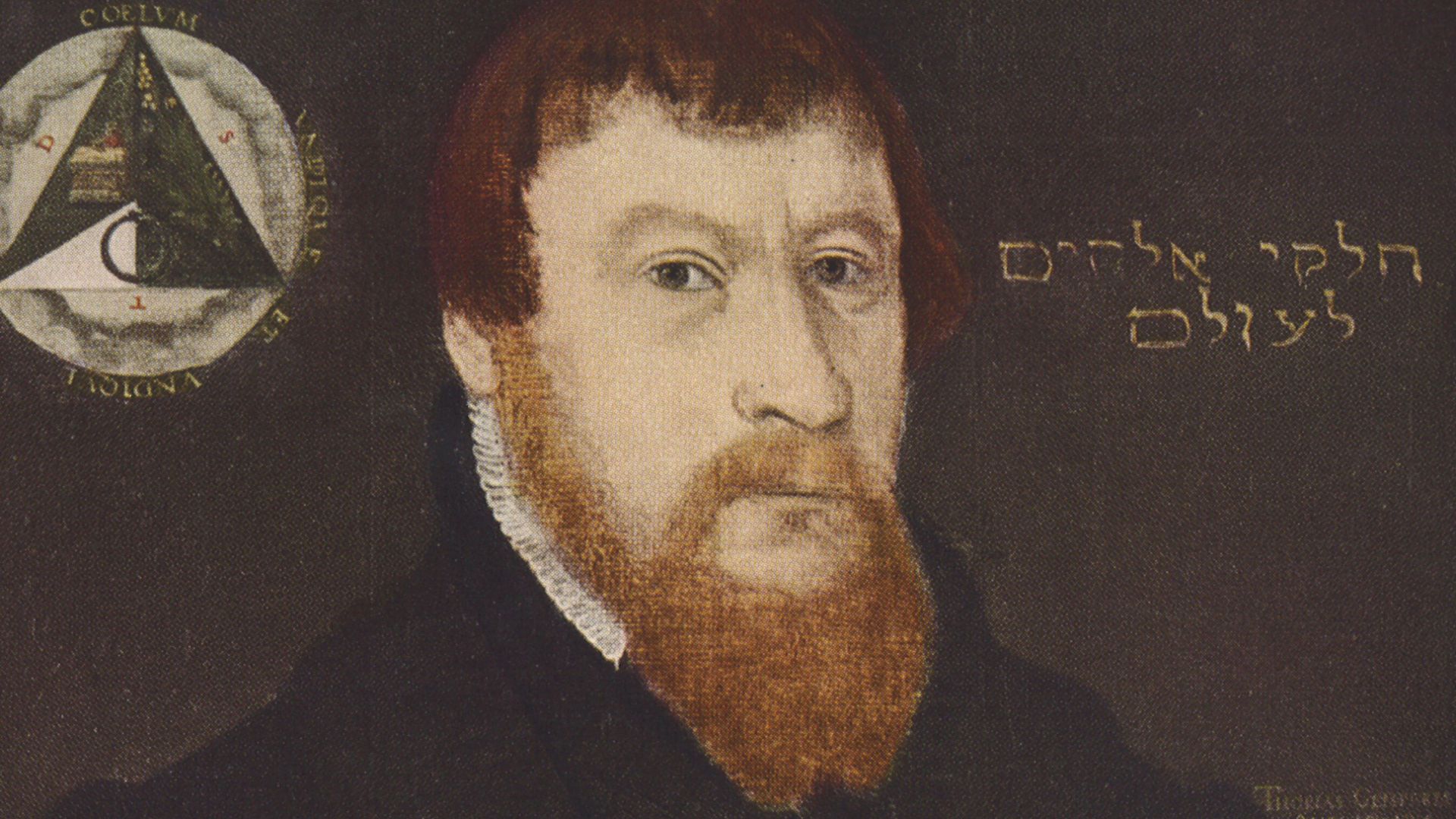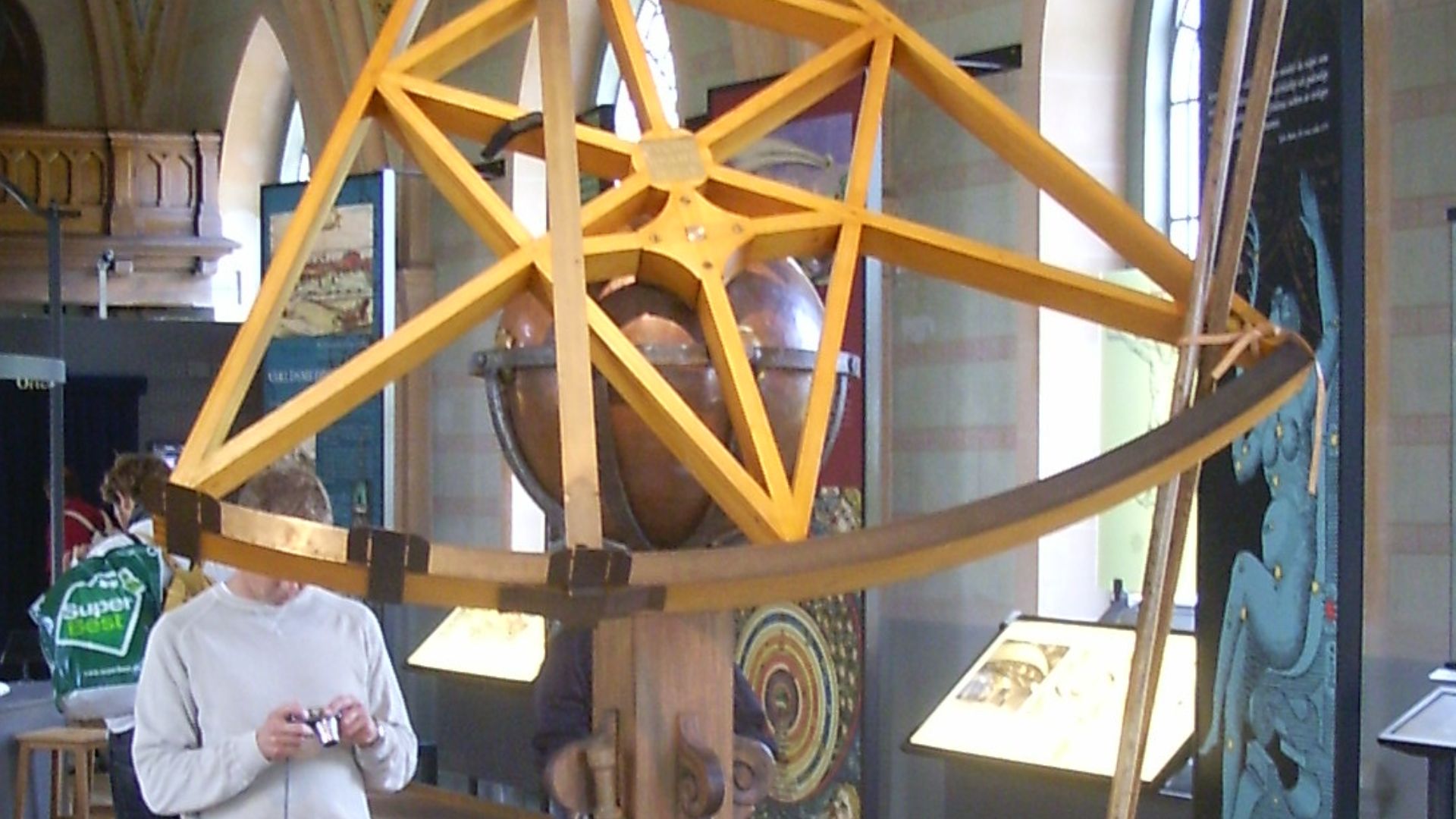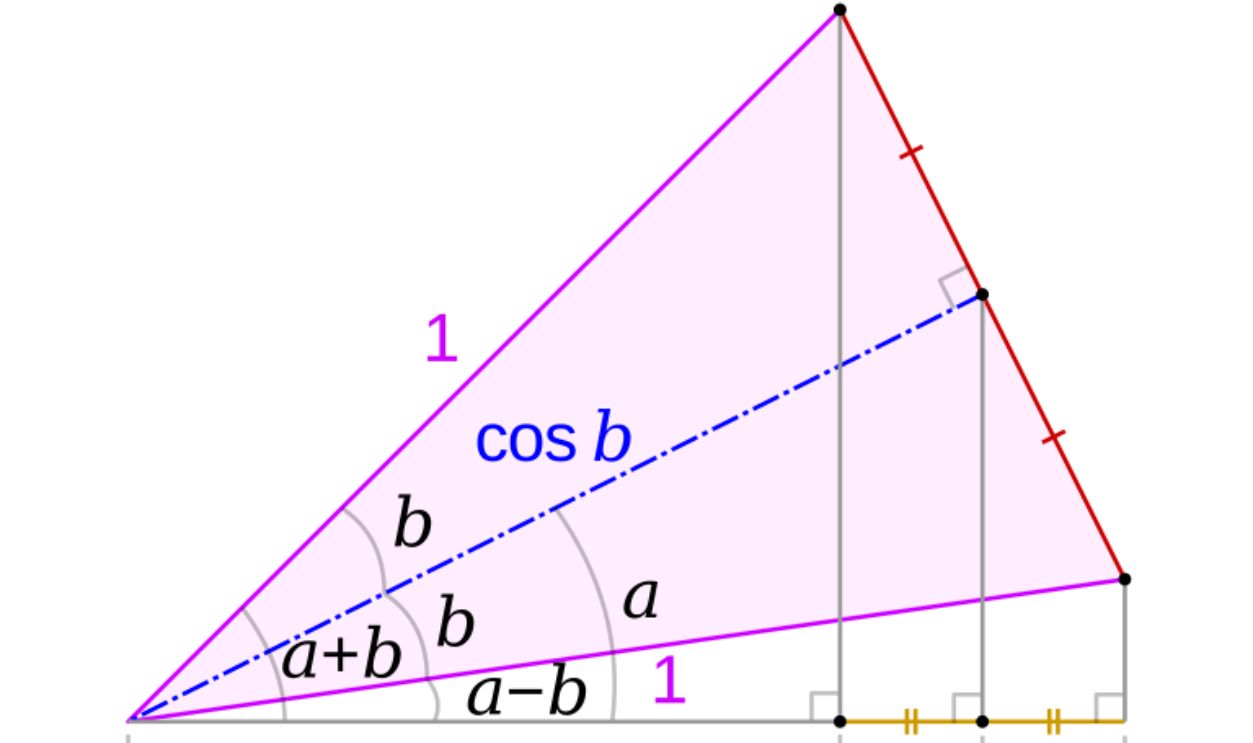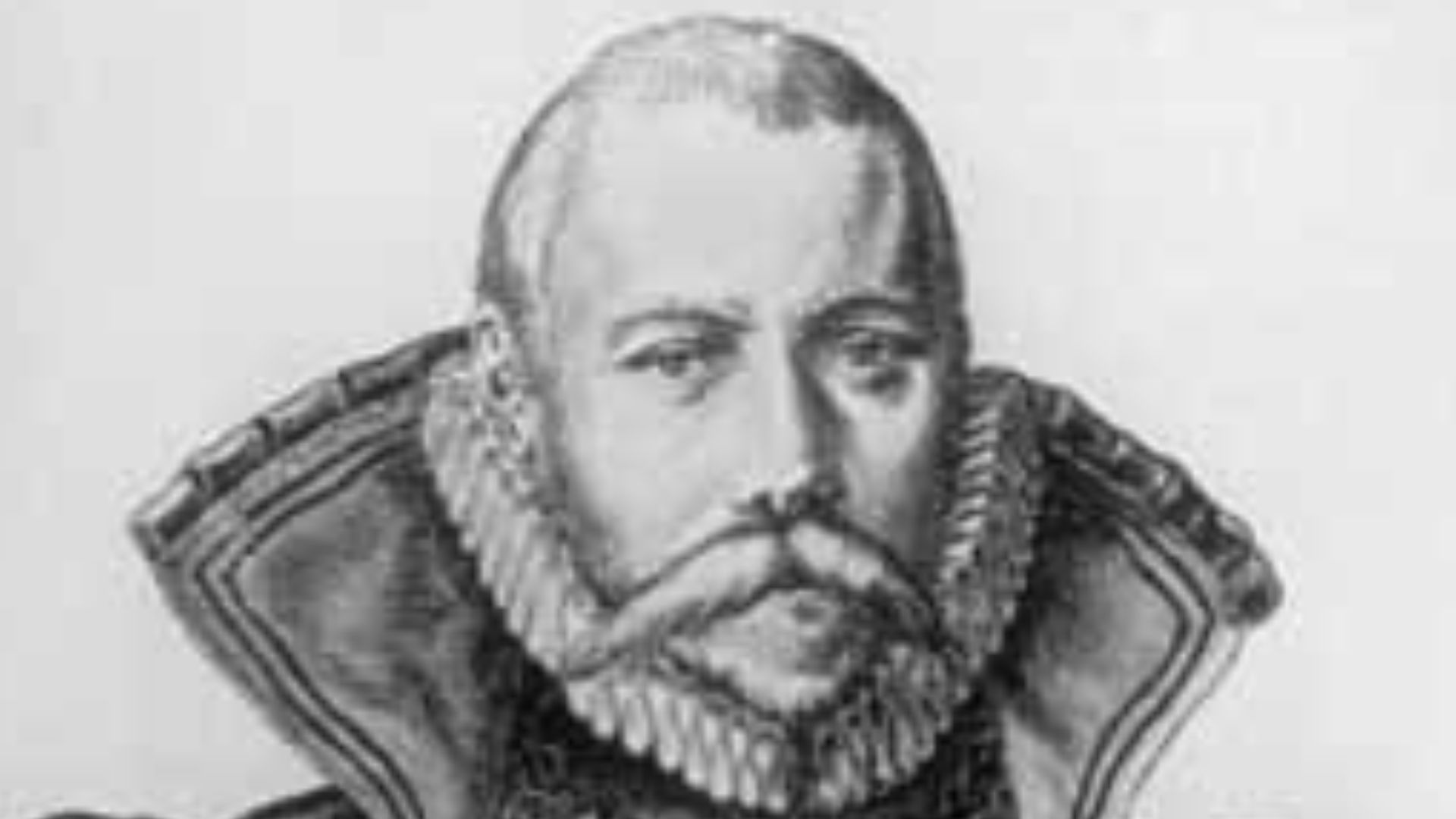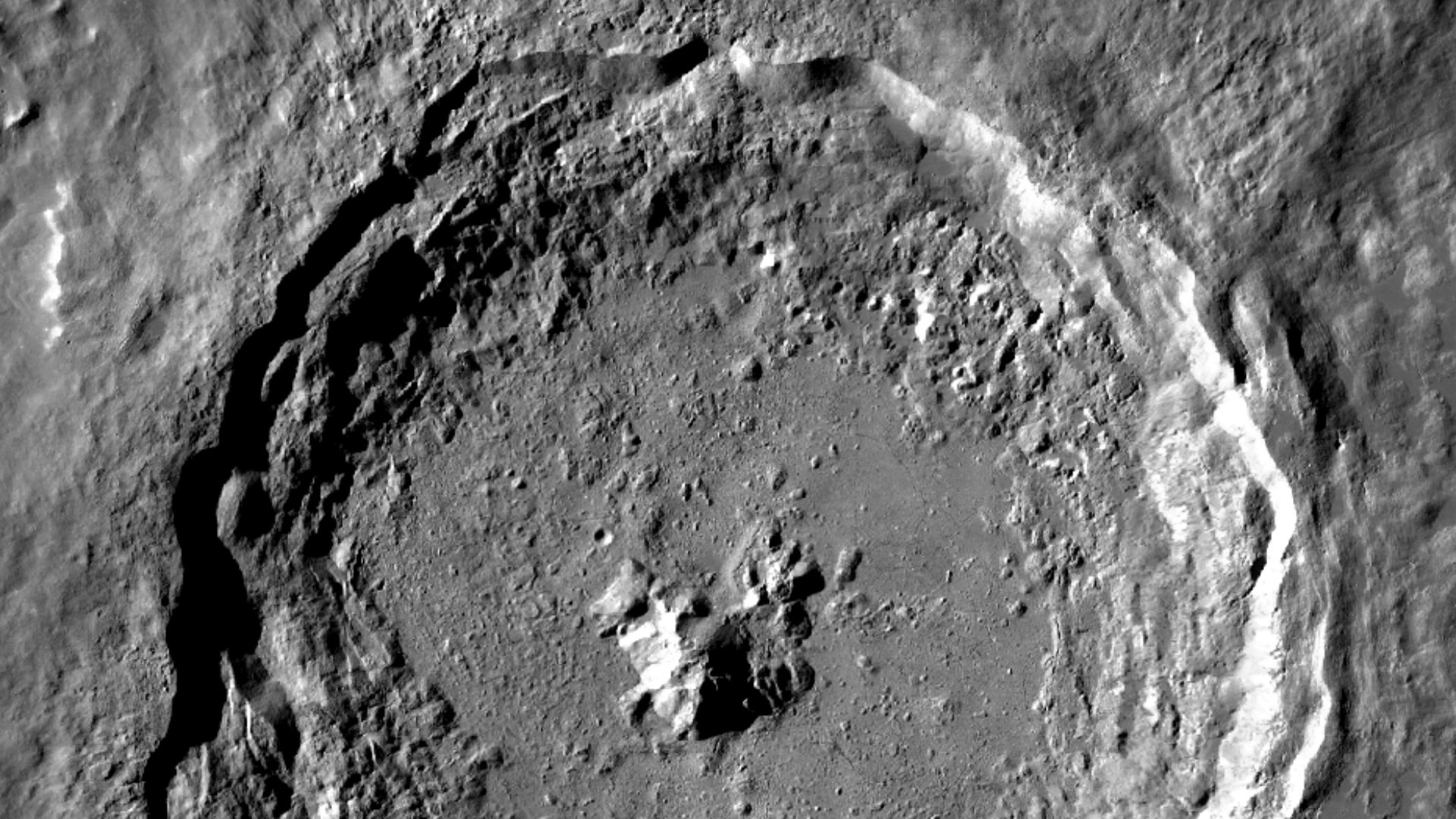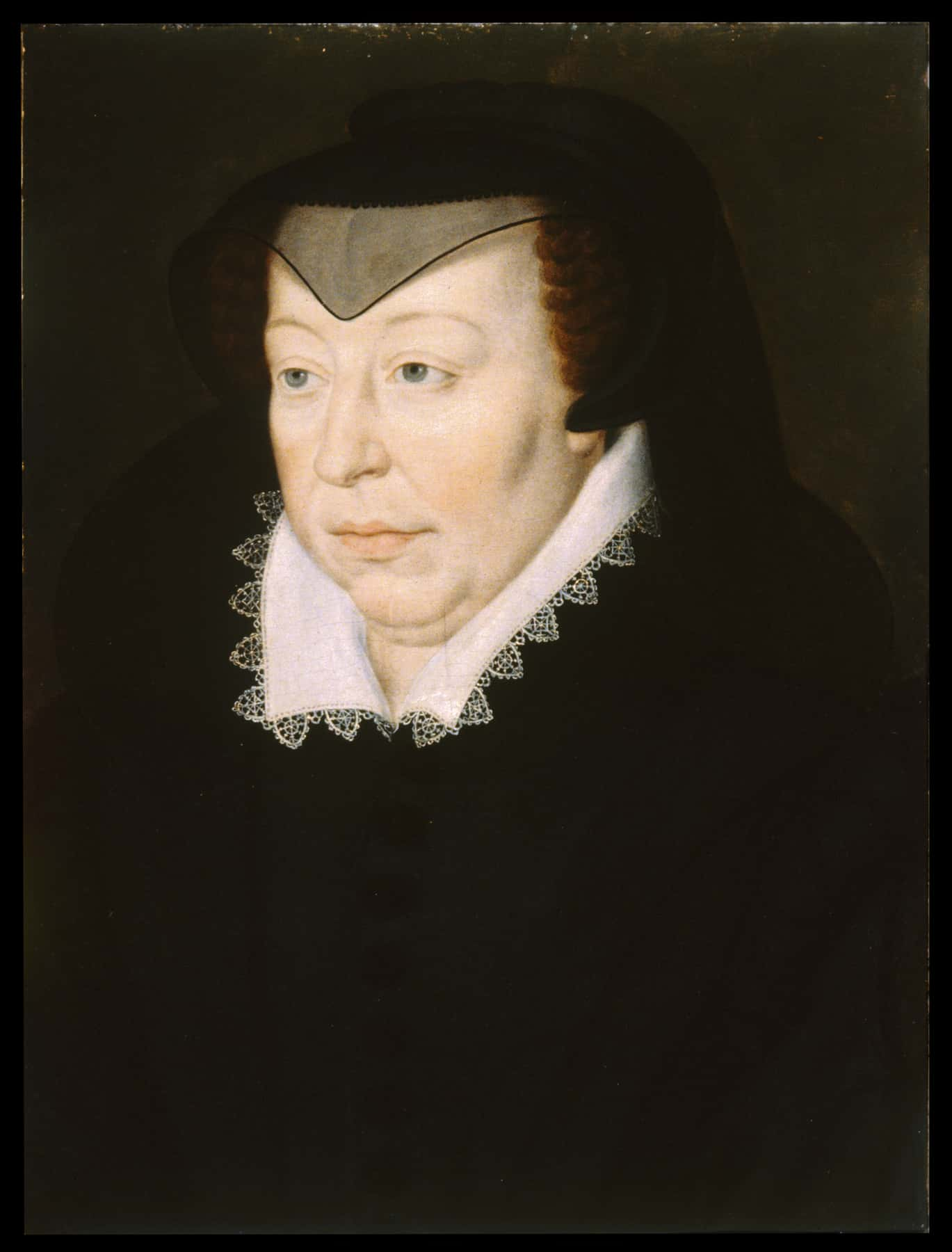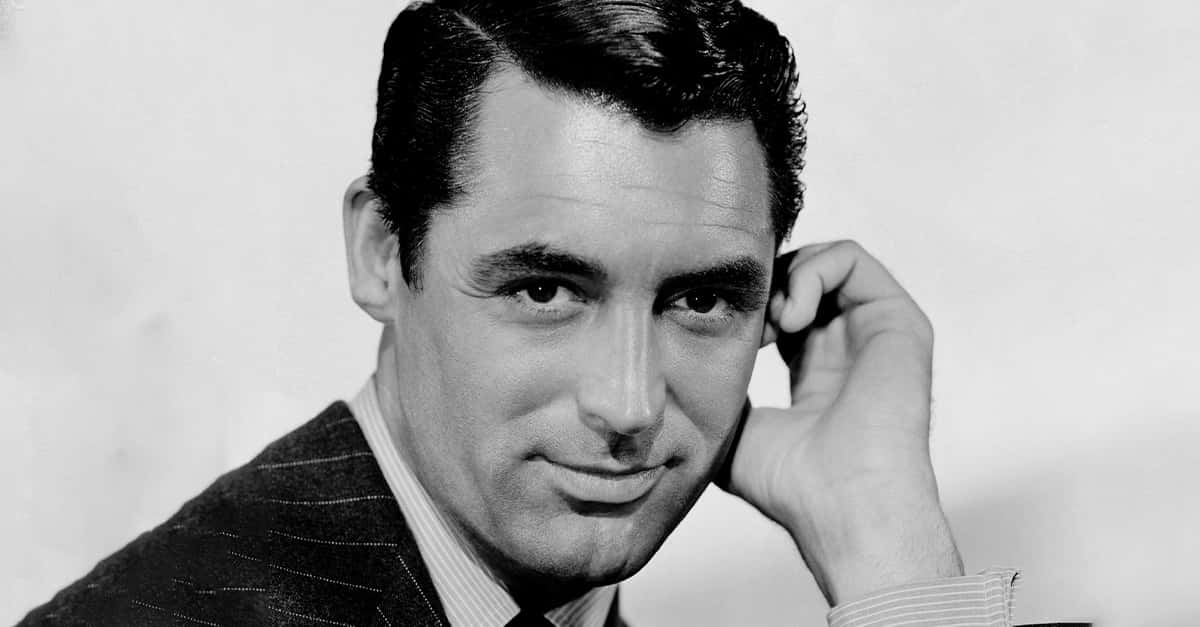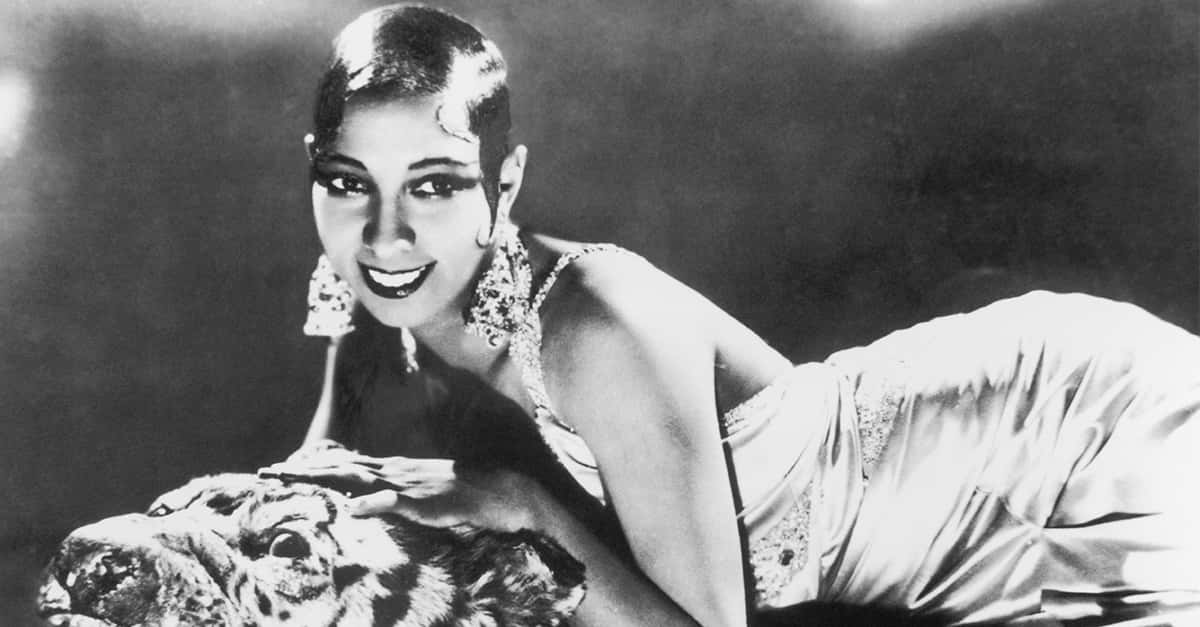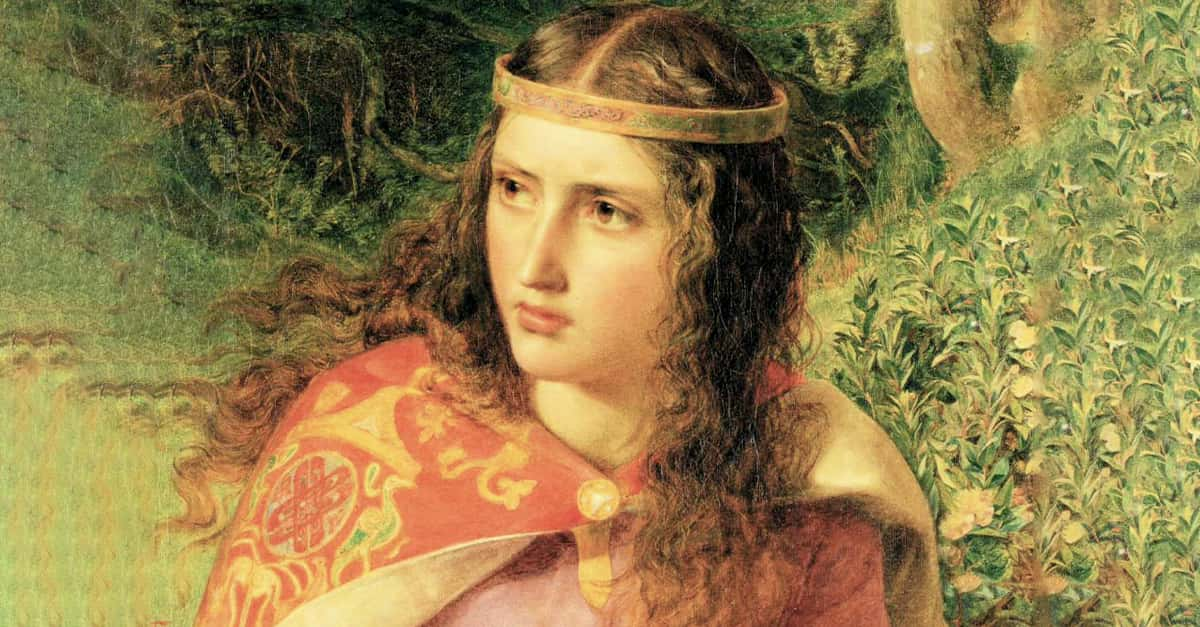Ancient Anomaly
The astronomer's secret sits in museum drawers. Tycho Brahe charted the night sky and changed our view of the cosmos, but laboratory fragments tell another story entirely. He has pushed chemical boundaries in ways historians never suspected.
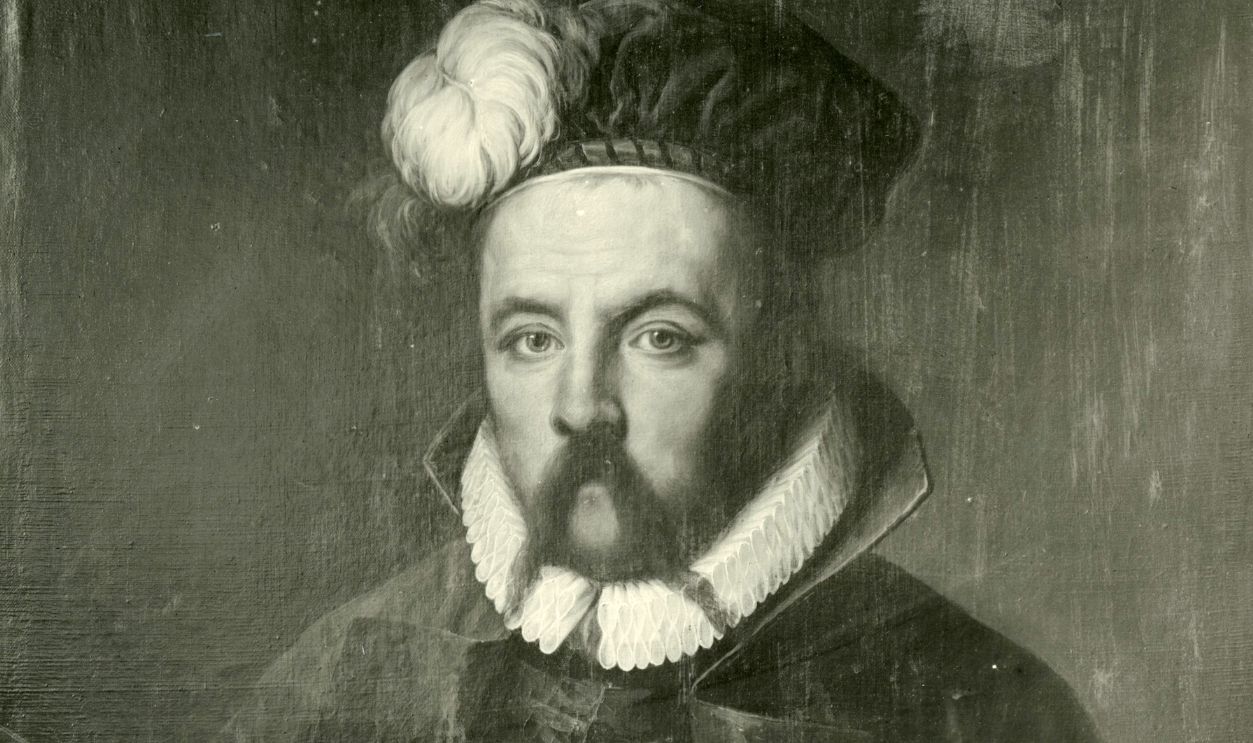
Danish Star-Gazer
Tycho Brahe, born in 1546 to Danish nobility, revolutionized astronomy with precise observations made without telescopes. After losing part of his nose in a sword duel, he wore a metal prosthesis while charting the heavens with unprecedented accuracy. He surely set new standards for scientific methodology.
Royal Island Laboratory
In 1576, King Frederick II granted Brahe the island of Hven, providing him with 1% of Denmark's annual revenue. There, he constructed Uraniborg, an observatory-castle combining astronomical research facilities with an extensive underground alchemical laboratory. It was equipped with many specialized furnaces for experimental work.
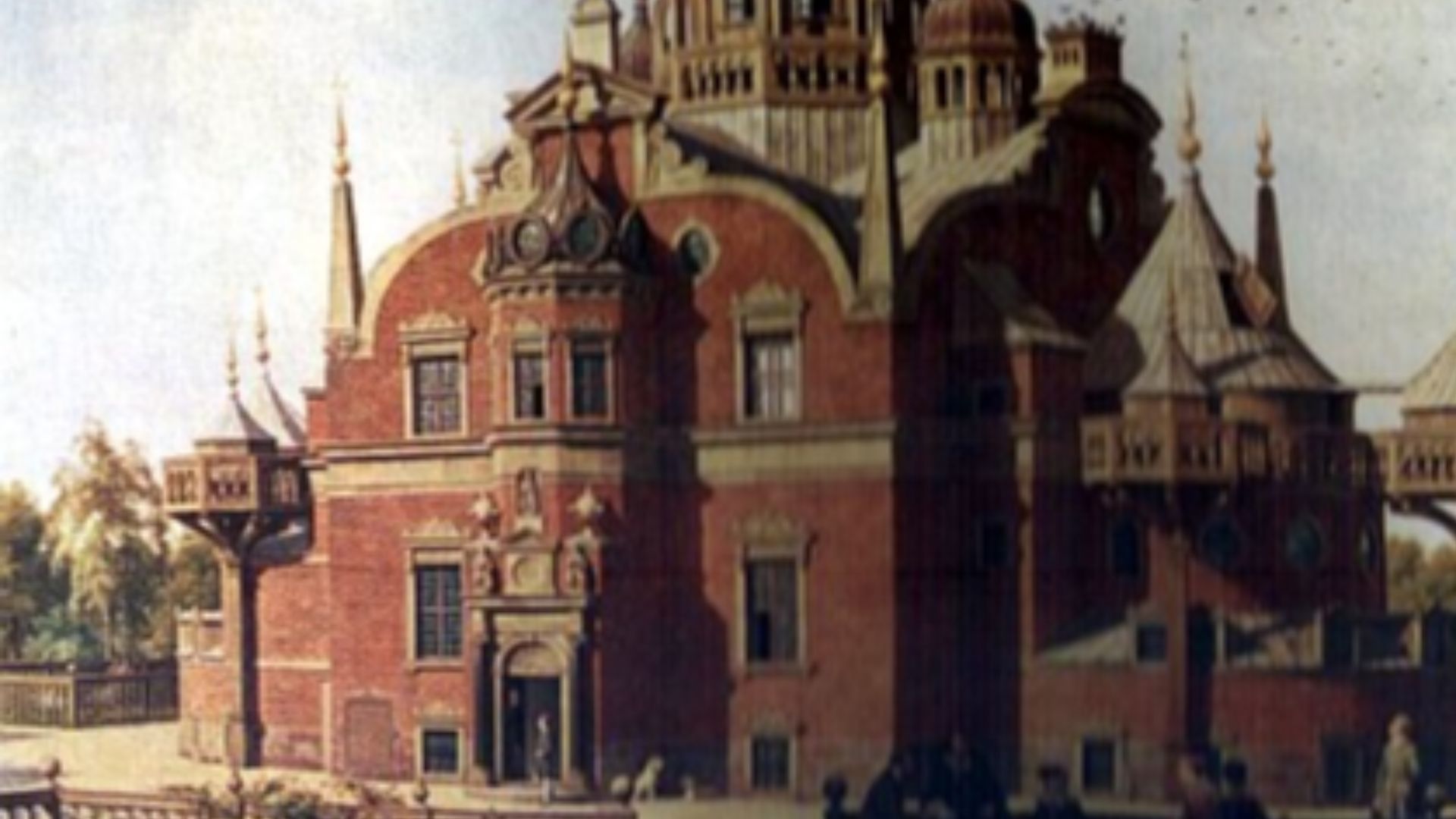 Constantin Hansen, Wikimedia Commons
Constantin Hansen, Wikimedia Commons
Heaven And Earth Studies
While mapping stars above with instruments he designed himself, Brahe secretly created medicines below. His observations of the 1572 supernova proved celestial objects existed beyond the Moon, shattering Aristotle's belief in an unchanging heavenly realm. Alongside his pharmaceutical experiments, the man helped launch the Scientific Revolution.
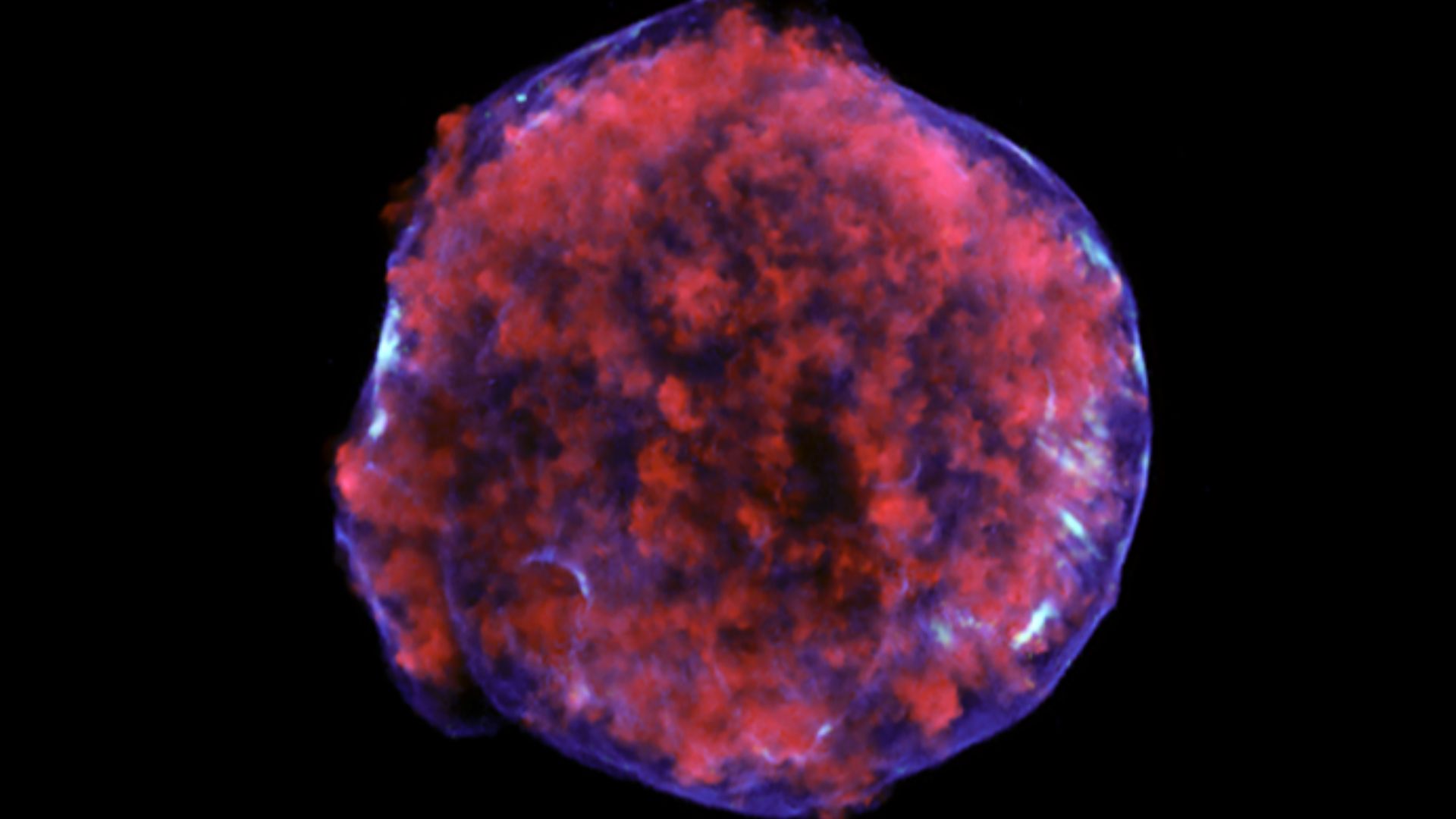 NASA/CXC/Rutgers/K.Eriksen et al., Wikimedia Commons
NASA/CXC/Rutgers/K.Eriksen et al., Wikimedia Commons
Secret Formulations
Brahe crafted complex remedies known simply as "secrets"—proprietary blends never publicly disclosed. His famous plague medicine contained up to 60 ingredients, ranging from snake flesh and opium to precious metals. These formulations were sought after by European elites seeking protection from disease.
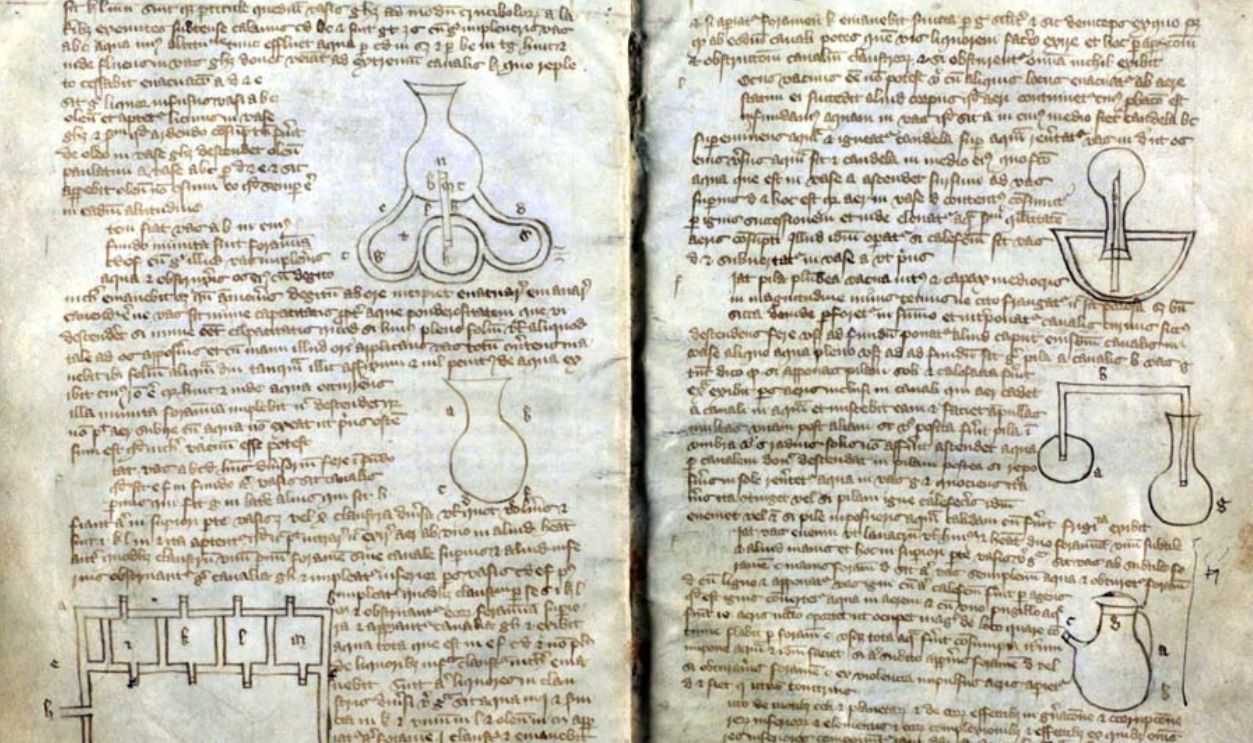 University of Glasgow Library, Flickr
University of Glasgow Library, Flickr
Archaeological Breakthrough
Examiners from the University of Southern Denmark recently analyzed five fragments, four glass and one ceramic, recovered from Uraniborg's garden between 1988–1990. These ordinary-looking shards from Brahe's laboratory would reveal something extraordinary that rewrites our understanding of chemical knowledge in Renaissance Europe.
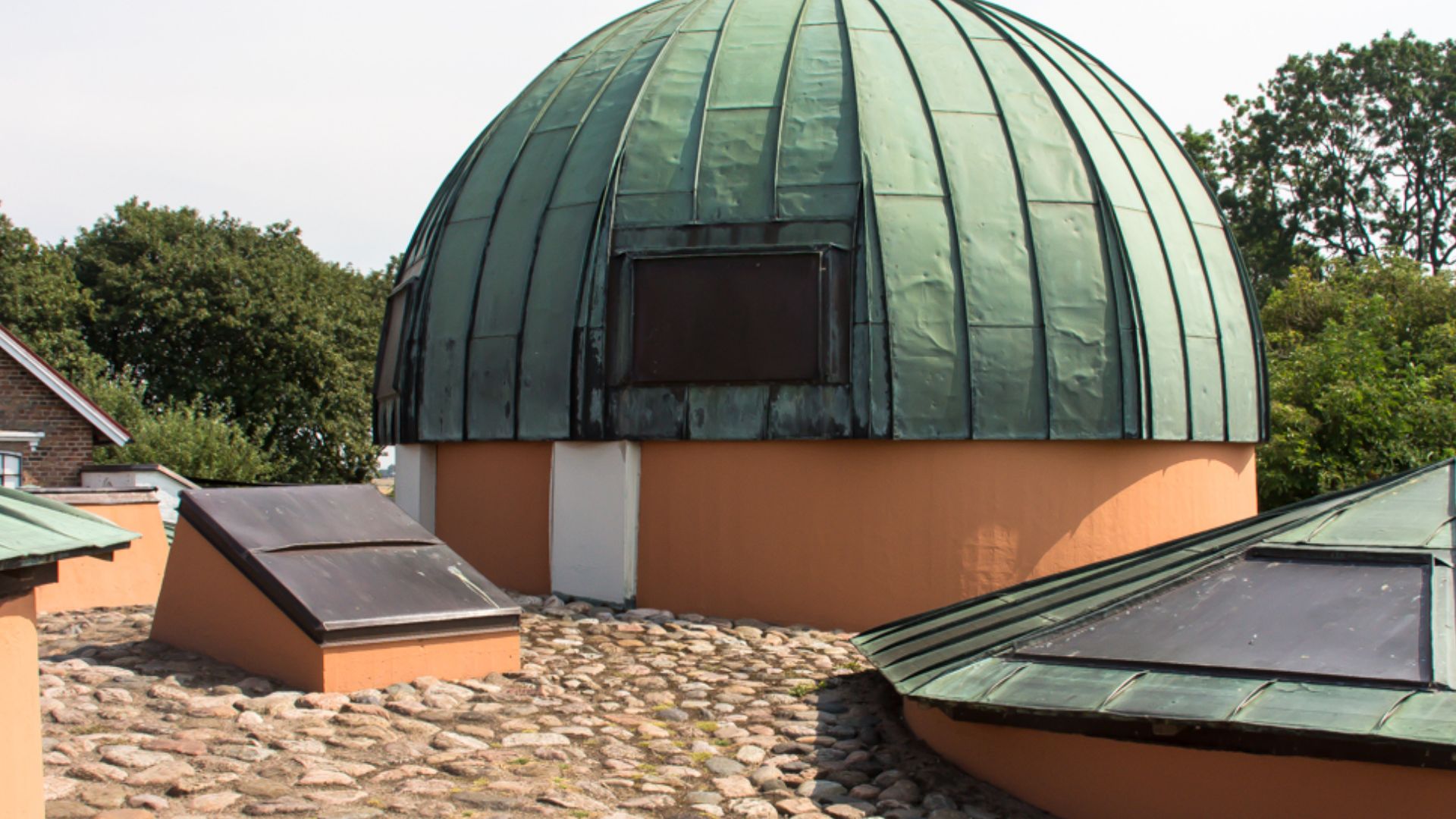 Infomastern, Wikimedia Commons
Infomastern, Wikimedia Commons
The Impossible Element
Using mass spectrometry, scientists detected tungsten in the laboratory artifacts. This element was not officially discovered until the 1780s, nearly two centuries after Brahe's demise in 1601. Finding expected elements like gold and mercury was unsurprising, but tungsten's presence represents a genuine historical anomaly.
Scientific Mystery Unfolds
"Tungsten is very mysterious," notes archaeometry expert Kaare Lund Rasmussen. “It had not even been described at that time”. The discovery forces historians to reconsider when knowledge of certain components first emerged and whether Renaissance alchemists possessed an advanced understanding previously unrecognized.
Two Competing Theories
How did tungsten appear in Brahe's laboratory? Researchers propose two possibilities. First, it entered naturally through mineral contaminants, or, more revolutionarily, Brahe intentionally utilized tungsten-containing substances in his medicinal formulations, suggesting he had knowledge of elements unknown to mainstream science until centuries later.
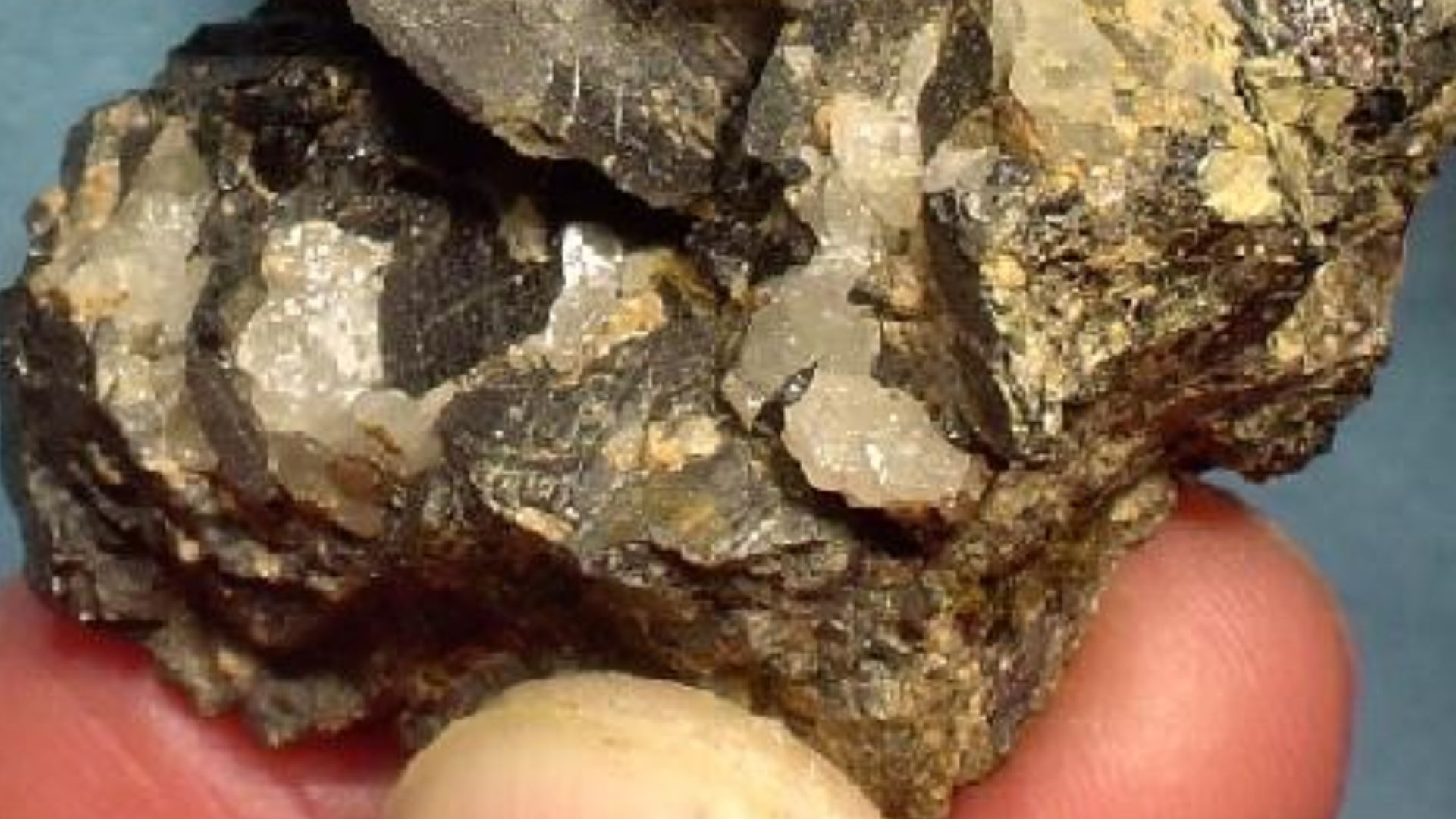 Robert M. Lavinsky, Wikimedia Commons
Robert M. Lavinsky, Wikimedia Commons

History's most fascinating stories and darkest secrets, delivered to your inbox daily.
Germanic Knowledge Exchange
Tungsten first appeared in German chemistry as "Wolfram," and Brahe's medicines showed German influence. As a well-connected European scientist who corresponded with colleagues across the continent, he might have learned about this substance through scholarly exchanges. However, due to alchemy's secretive nature, these weren't documented.
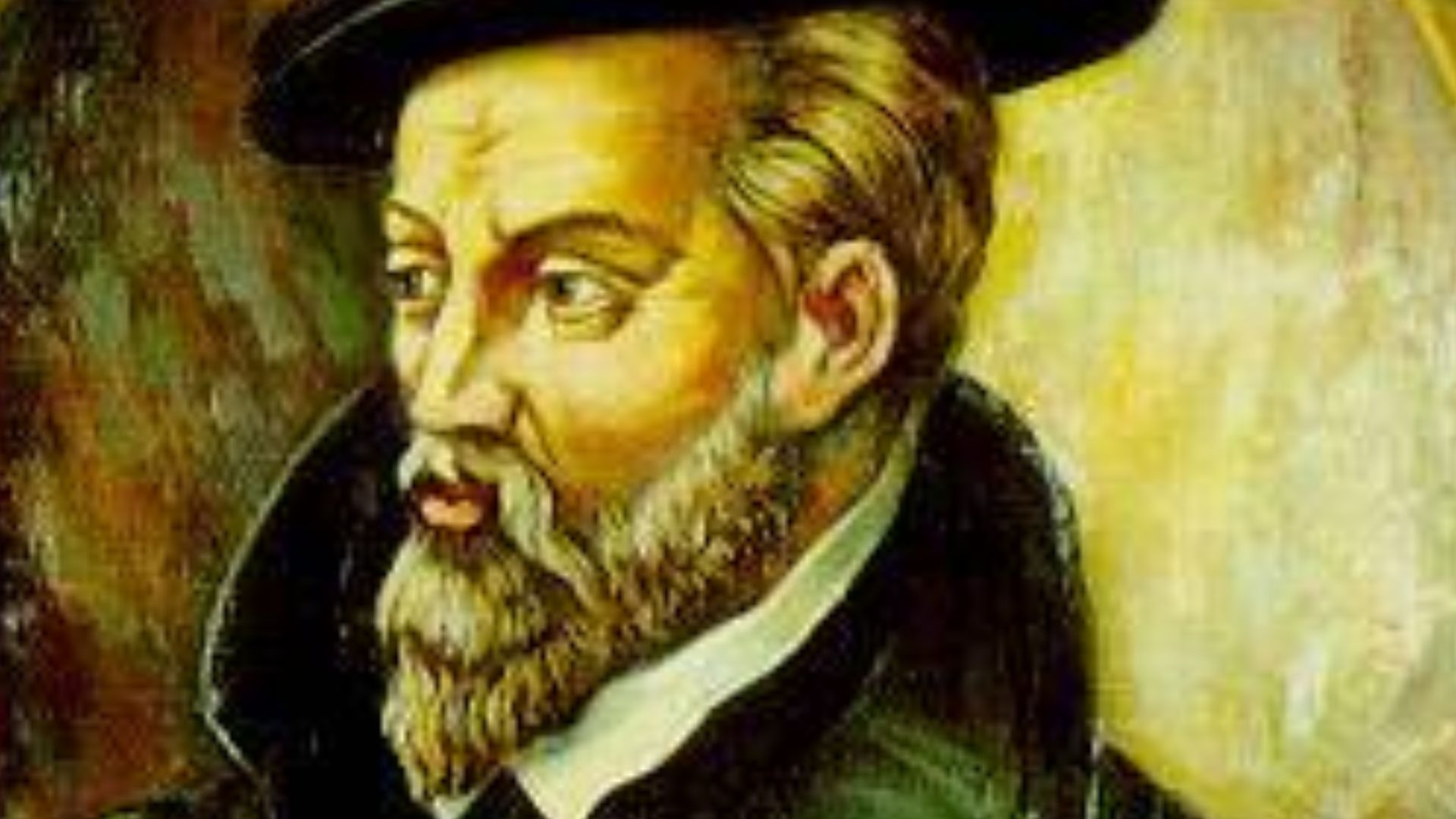 {{creator:|Year = }}, Wikimedia Commons
{{creator:|Year = }}, Wikimedia Commons
Cosmological Framework
Renaissance alchemists believed in direct connections between celestial bodies, earthly elements, and human organs. Gold is linked to the Sun and heart, silver to the Moon and brain. This cosmological understanding explains why Brahe simultaneously pursued astronomical observation and alchemical experimentation as complementary scientific endeavors.
The Noble Scientist
Despite his aristocratic status, Brahe chose scientific pursuit over traditional noble occupations. His family initially wanted him to study law and enter civil service. Still, after witnessing a solar eclipse in 1560, he became fascinated by astronomy's predictive power, though the prediction was off by a day.
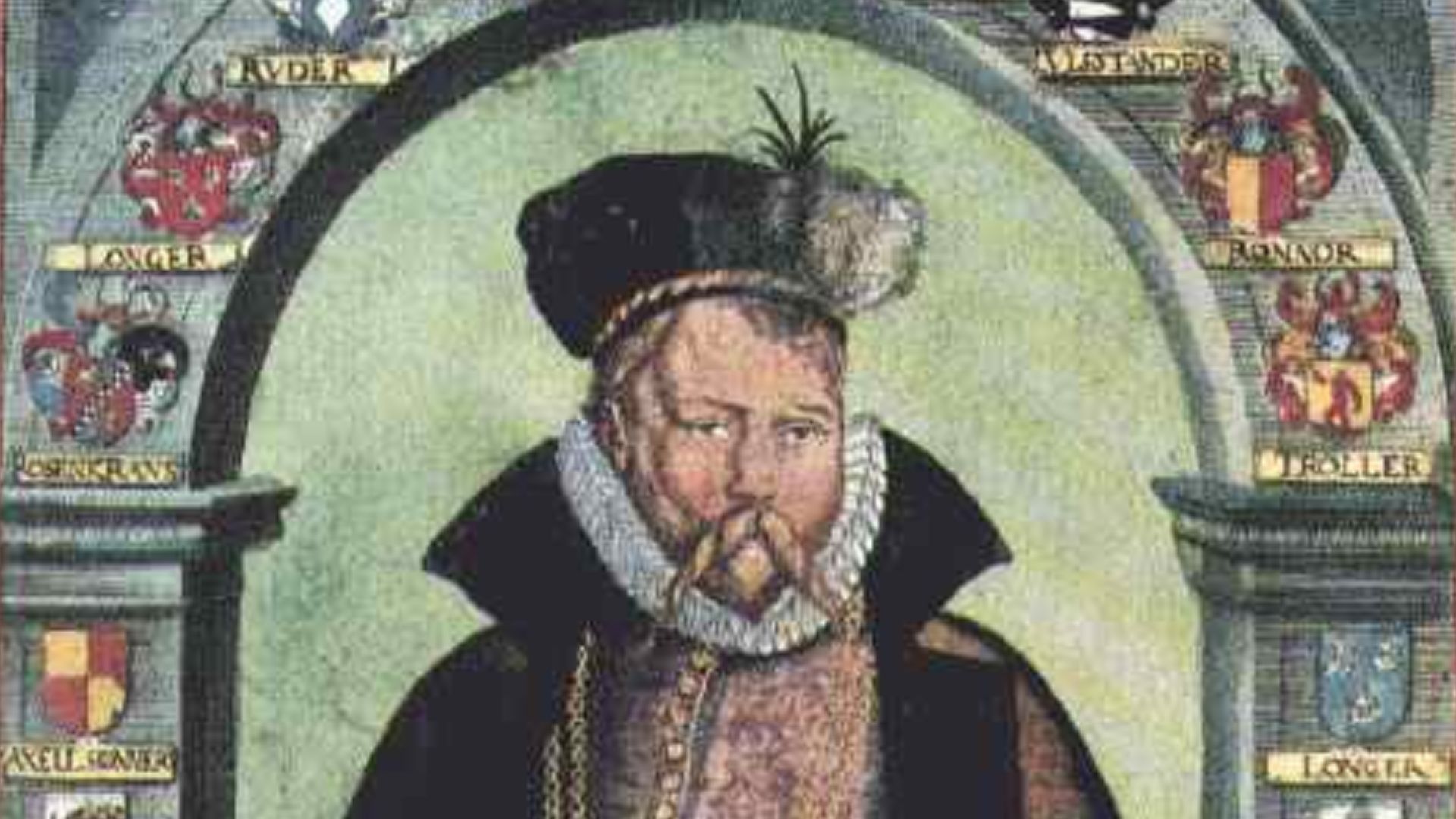 Original uploader was User:OsvátA at hu.wikipedia, Wikimedia Commons
Original uploader was User:OsvátA at hu.wikipedia, Wikimedia Commons
Kepler's Arrival
In 1600, one year before the astronomer’s passing, Johannes Kepler joined him in Prague as an assistant. Despite their different cosmological views, Kepler supported Copernicus while Brahe maintained his geo-heliocentric model. He deeply respected Brahe's observational methods, calling him "the new Hipparchus" who would restore astronomy.
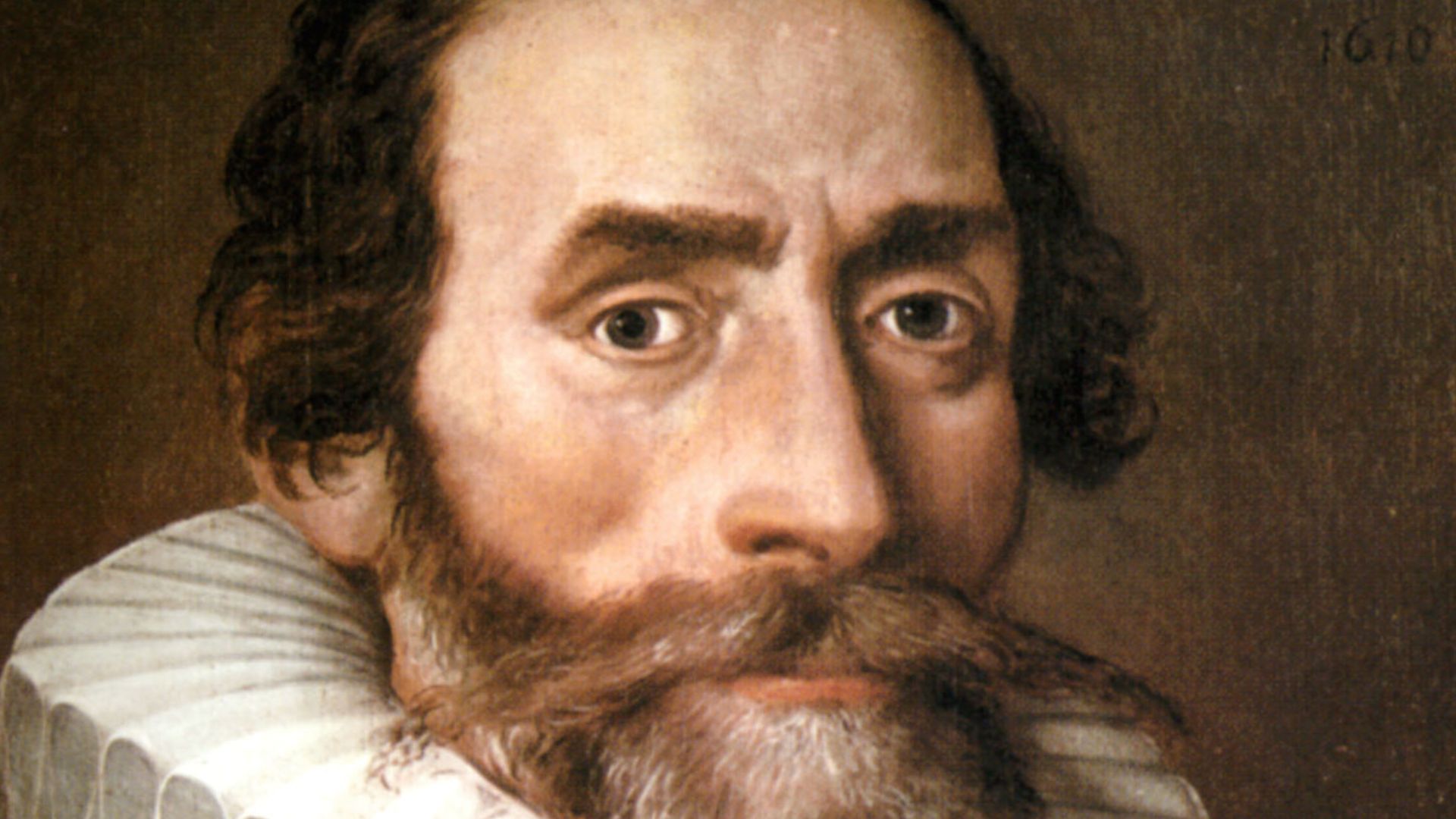 Unidentified painter, Wikimedia Commons
Unidentified painter, Wikimedia Commons
Astronomical Innovations
Brahe invented numerous astronomical instruments, including a massive quadrant with a brass arc measuring six feet in diameter. His unaided eye observations achieved one arcminute accuracy. This was superb precision that would remain unmatched until telescope adoption became widespread decades after his death in 1601.
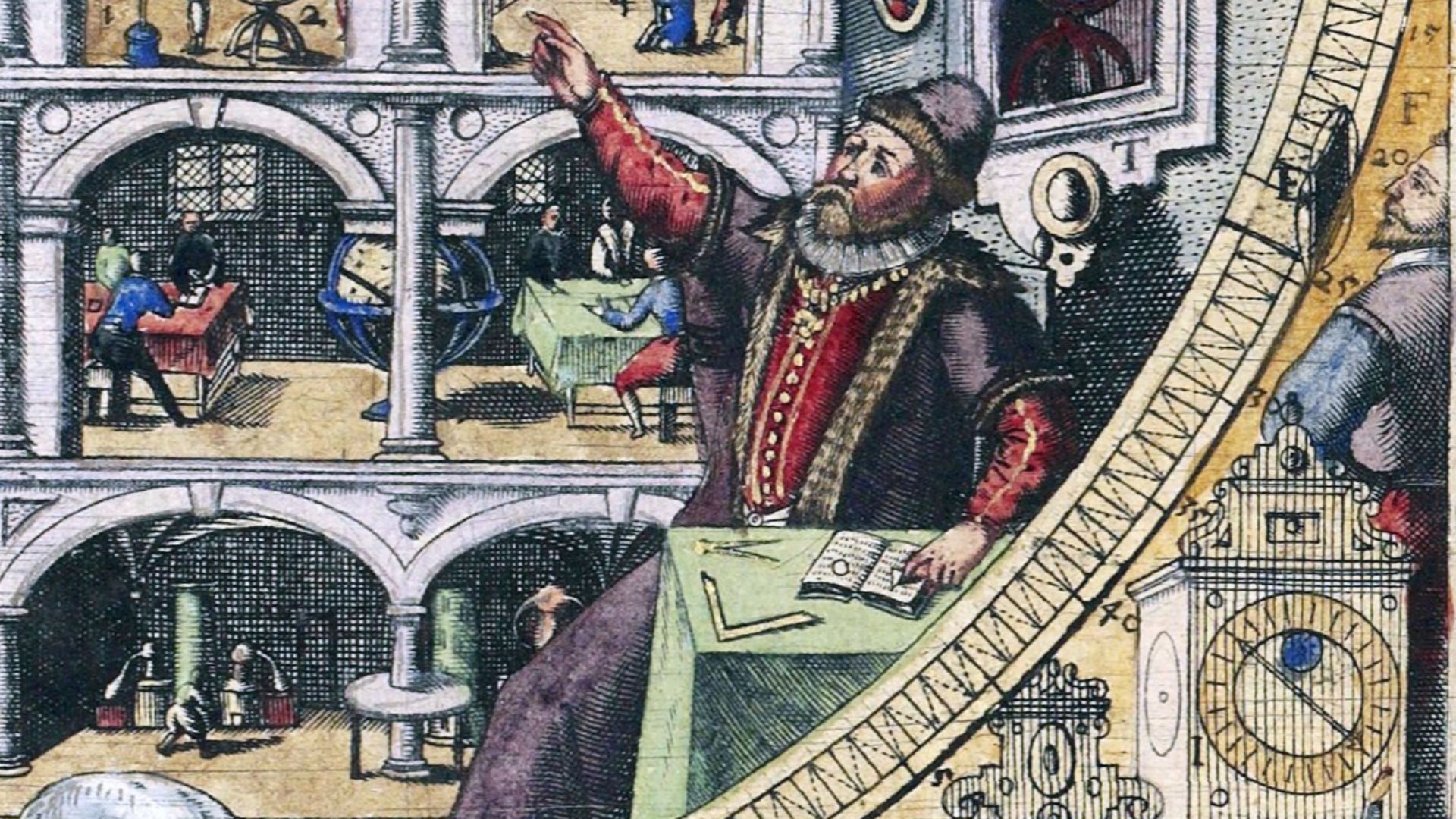 Unknown authorUnknown author, Wikimedia Commons
Unknown authorUnknown author, Wikimedia Commons
The Tychonic System
Rejecting both pure Ptolemaic geocentrism and Copernican heliocentrism, the individual developed his own cosmological model where the Sun orbited Earth while other planets orbited the Sun. This compromise preserved biblical interpretations while accommodating new astronomical observations of planetary movements and cometary paths.
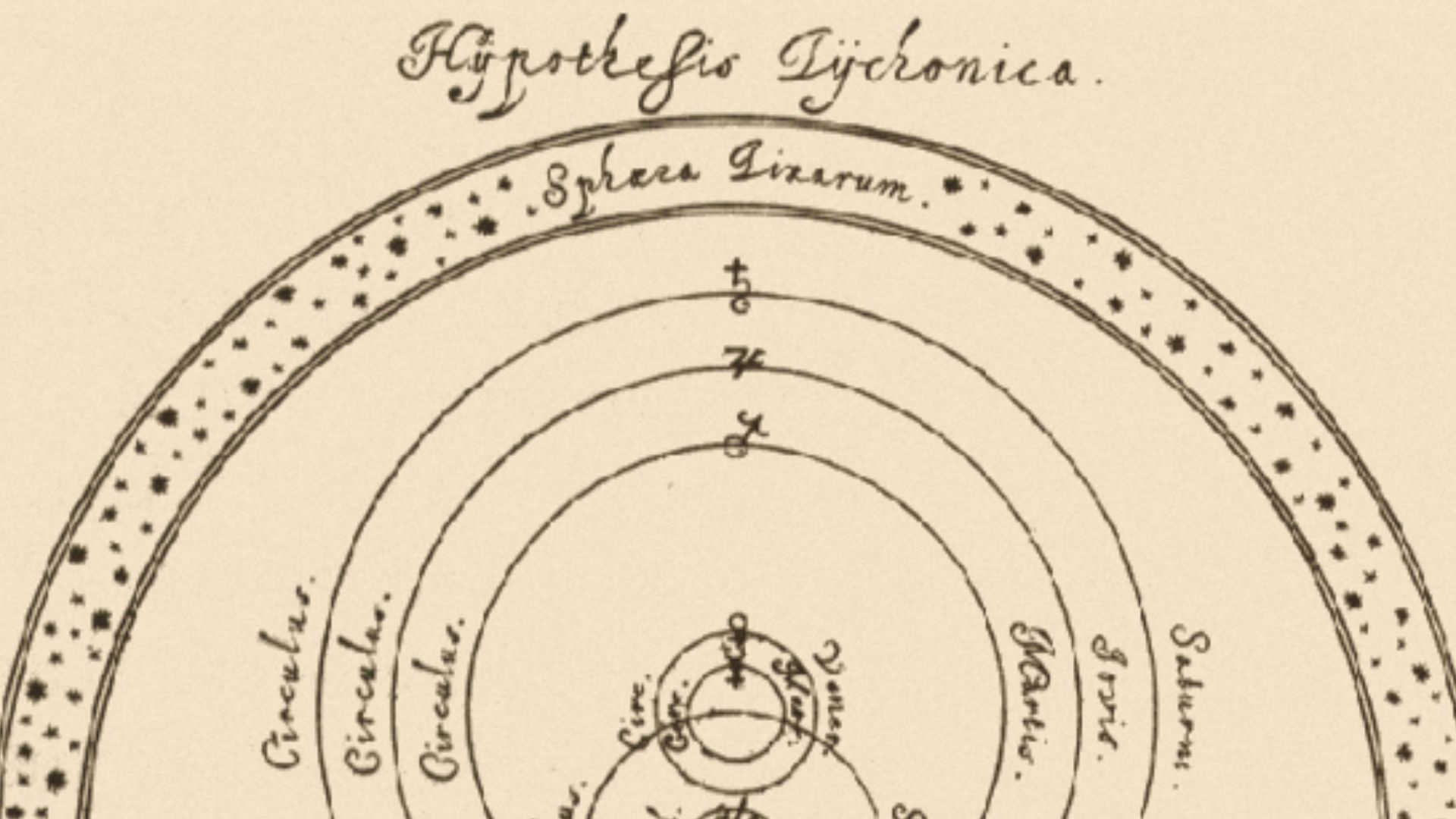 AnonymousUnknown author, Wikimedia Commons
AnonymousUnknown author, Wikimedia Commons
Data That Changed History
Even though Brahe's planetary model was eventually discredited, his observational data proved invaluable. After his demise, assistant Johannes Kepler used these exact measurements to formulate his three laws of planetary motion. This provided critical evidence supporting heliocentrism and Newton's later gravitational theory.
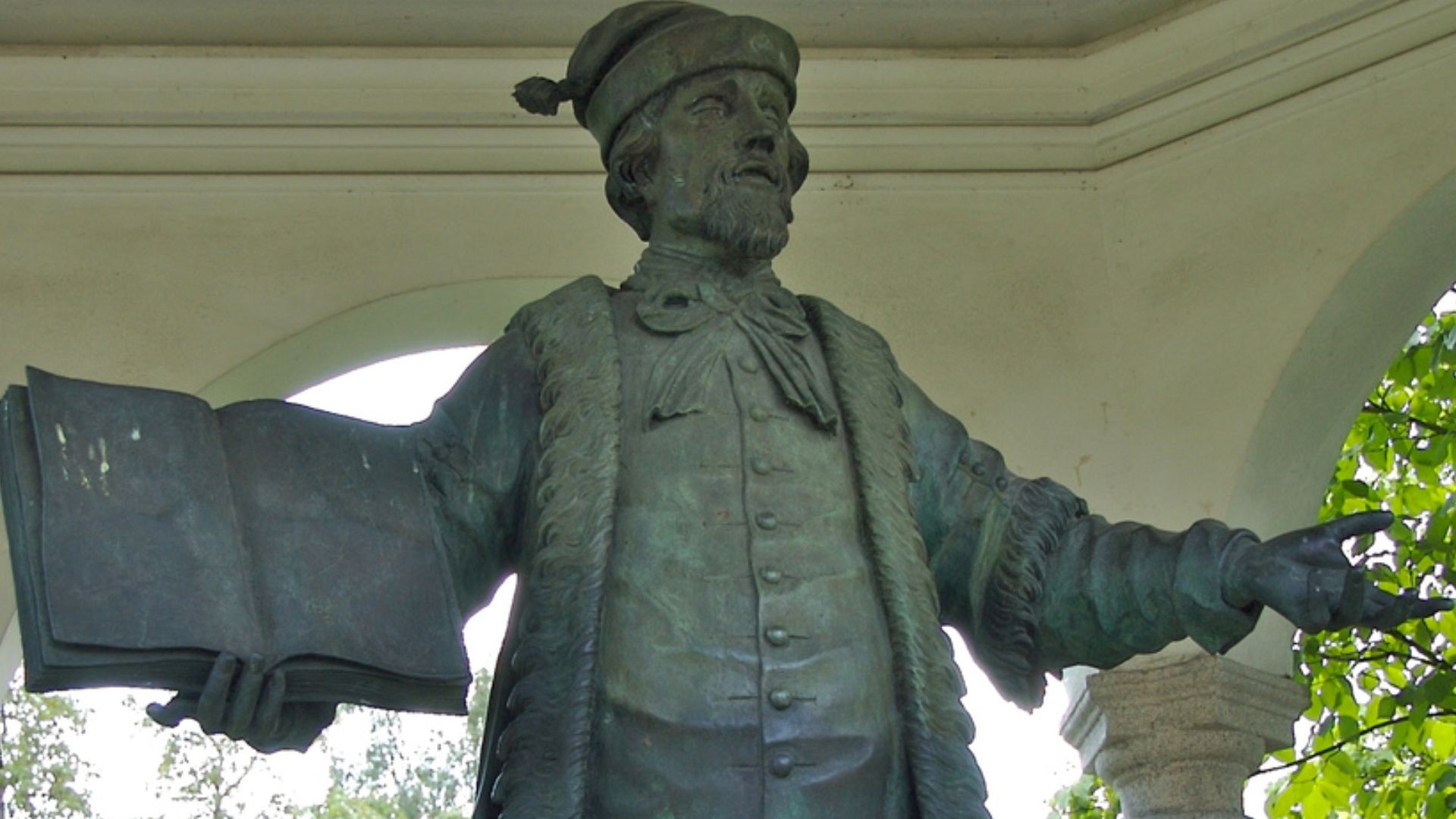 Aldaron, a.k.a. Aldaron, Wikimedia Commons
Aldaron, a.k.a. Aldaron, Wikimedia Commons
The Alchemical Connection
Brahe was heavily influenced by Swiss physician Paracelsus, who believed celestial bodies directly affected human health. This connection between astronomy and medicine explains why Brahe maintained both an observatory and a pharmaceutical laboratory, viewing them as complementary rather than separate scientific pursuits.
Herbal Medicine Pioneer
Using his huge garden at Uraniborg, he cultivated medicinal herbs and came up with remedies that remained in use until the late 19th century. Brahe’s treatments for fever and plague combined botanical knowledge with alchemical principles. This reflected the Renaissance integration of natural philosophy with practical medicine.
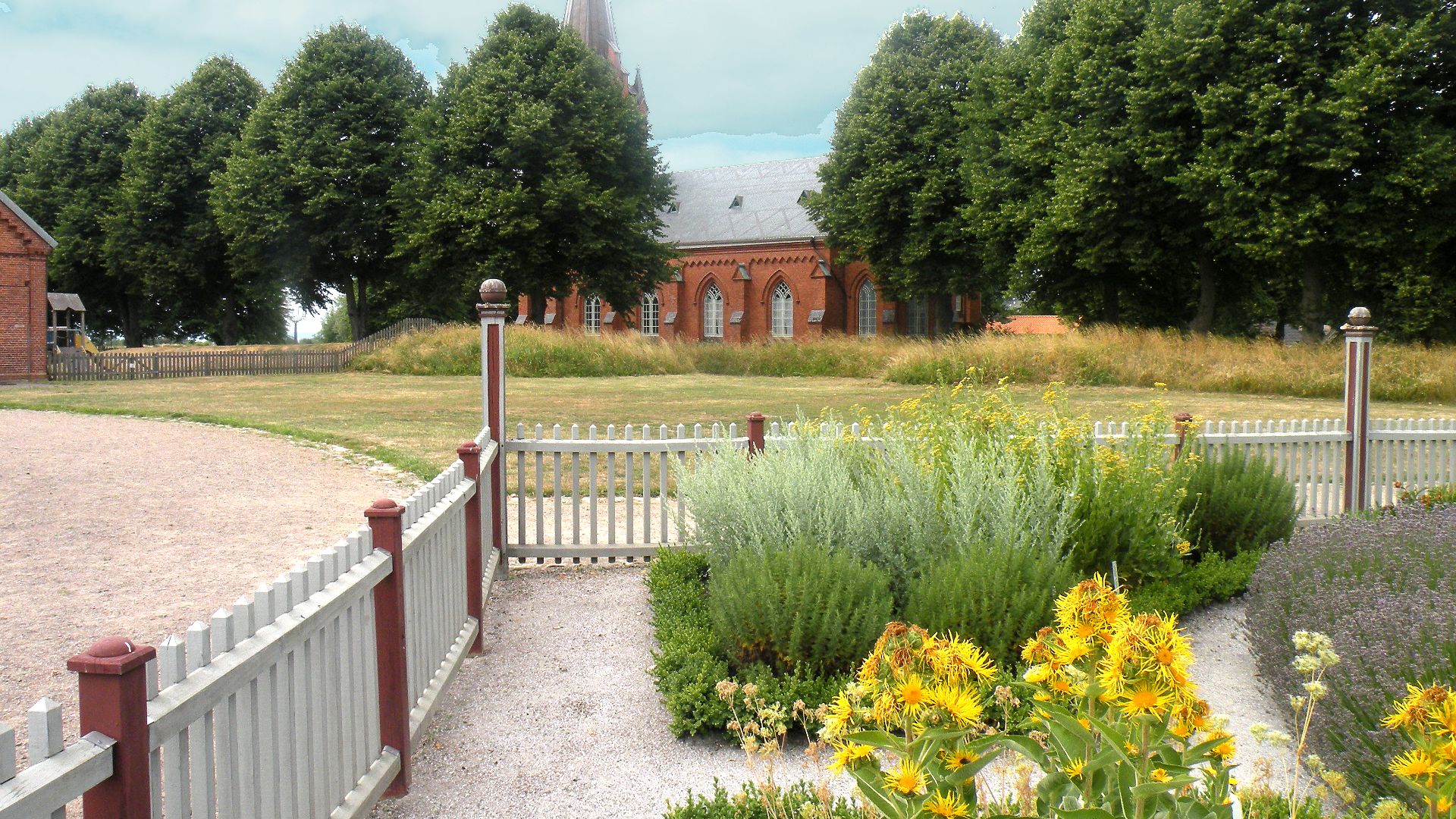 Vitold Muratov, Wikimedia Commons
Vitold Muratov, Wikimedia Commons
Tungsten's Historical Significance
The tungsten discovery suggests Renaissance alchemists may have worked with elements centuries before their "official" discovery. This challenges our understanding of early chemistry and raises questions about how much knowledge was lost due to alchemy's secretive nature and the scientific revolution's dismissal of earlier practices.
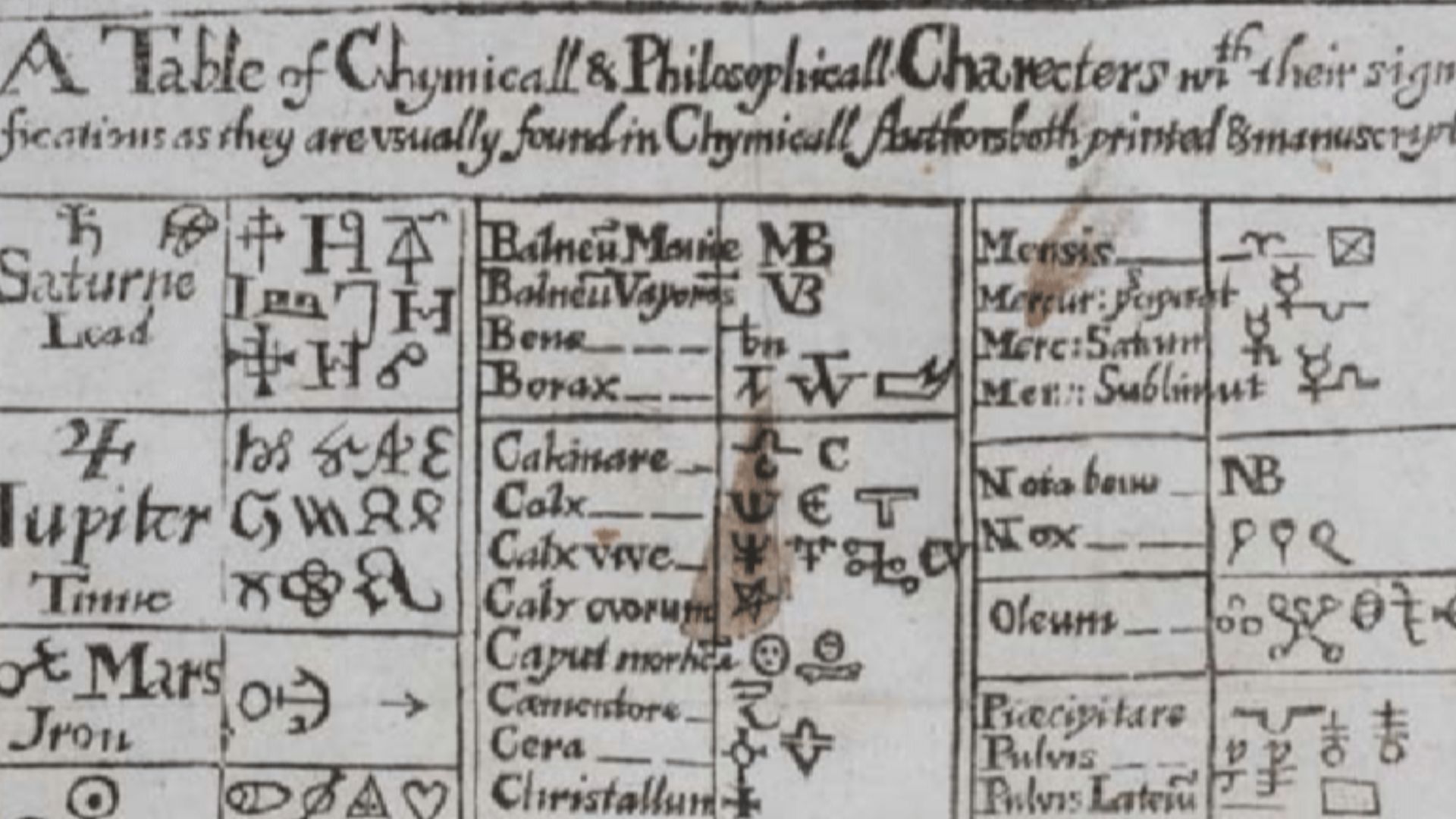 Basil Valentine, The Last Will and Testament, Wikimedia Commons
Basil Valentine, The Last Will and Testament, Wikimedia Commons
Laboratory Analysis Techniques
Researchers examined the Uraniborg shards using inductively coupled plasma mass spectrometry, which can detect elements at parts-per-billion concentrations. The technical sophistication of this analysis ensures confidence in the tungsten discovery. In that case, it also eliminates any possibilities of modern contamination or analytical error.
Ancient Element Usage
"Most intriguing are the elements found in higher concentrations than expected," notes Rasmussen. This suggests intentional enrichment rather than accidental presence, indicating Brahe deliberately worked with specific substances, including the mysterious tungsten. This could possibly be due to its unique properties in medicinal compounds.
University Years
At Leipzig University in 1563, Brahe began maintaining detailed observational journals after noticing prediction errors in planetary conjunctions. This experience convinced him that astronomical progress required systematic nightly measurements using the most accurate instruments possible. This established his methodical approach to science.
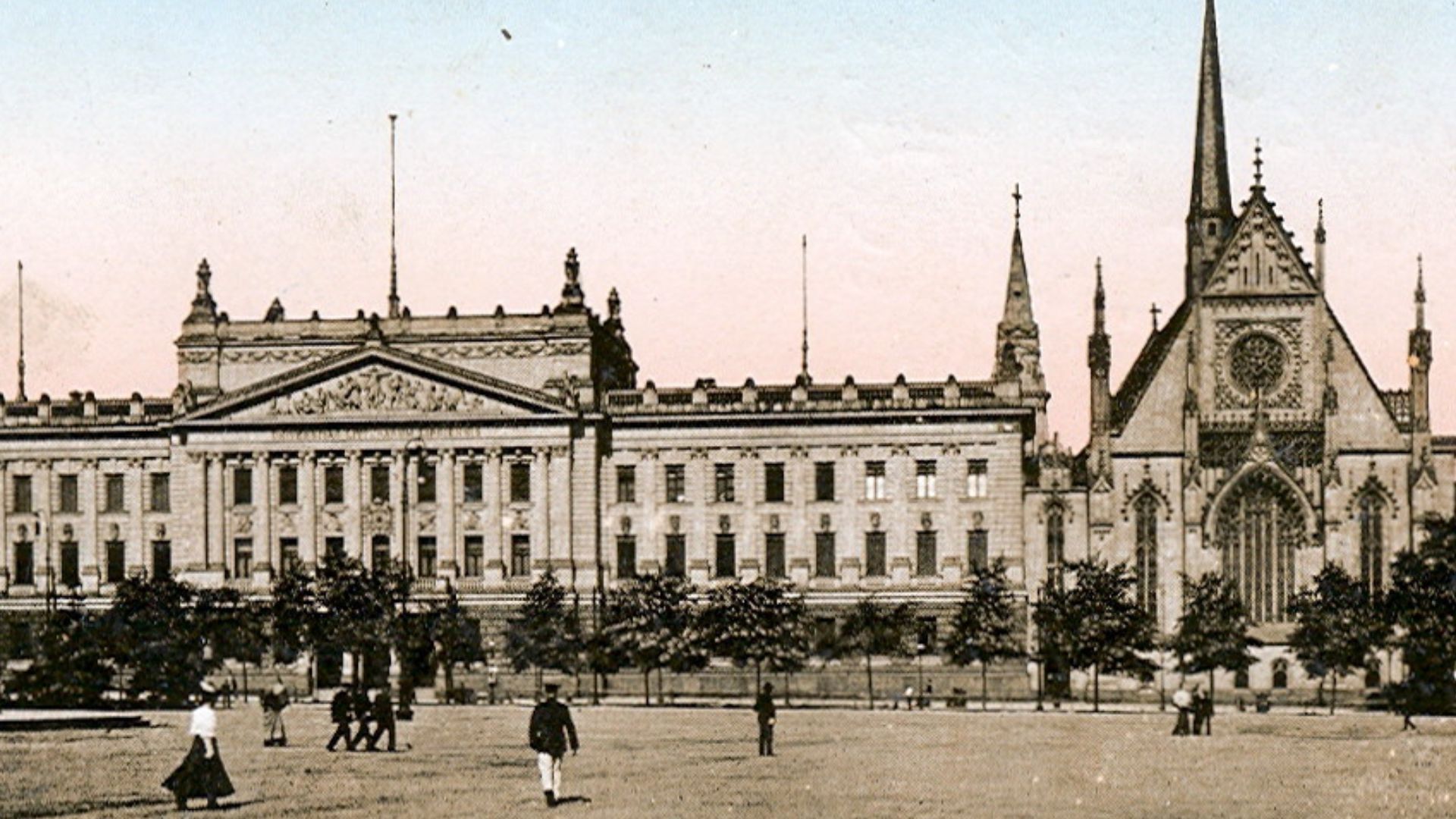 AnonymousUnknown author, Wikimedia Commons
AnonymousUnknown author, Wikimedia Commons
Family Life
Despite noble expectations to marry within his class, this man formed a lifelong partnership with commoner Kirsten Jorgensdatter around 1571. Their daughter Kirstine, born in 1573, tragically died of plague in 1576, prompting Brahe to write a heartfelt elegy for her tombstone.
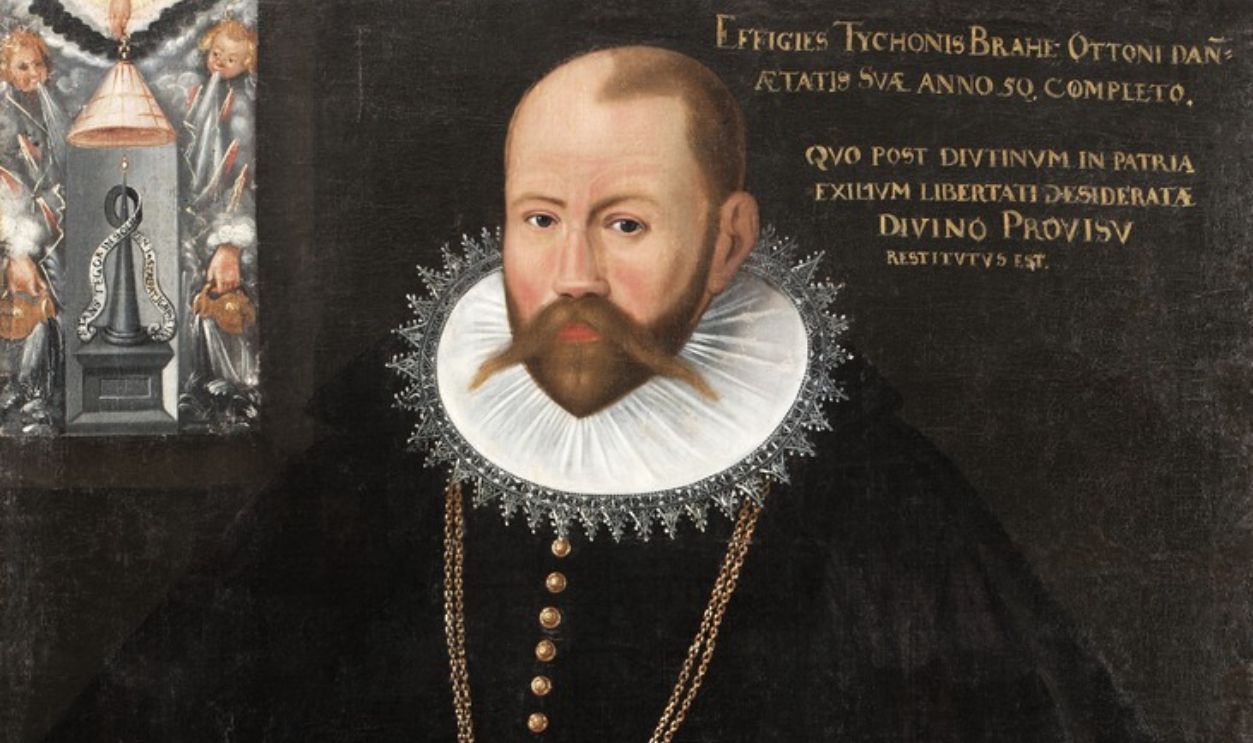 Unknown author, Wikimedia Commons
Unknown author, Wikimedia Commons
Sister Astronomer
Brahe's younger sister, Sophie Brahe, became his keenest disciple and astronomical assistant at Herrevad Abbey. Unlike most women of her era, she received scientific training and actively participated in astronomical observations. She truly represented an early case of female participation in Renaissance scientific studies.
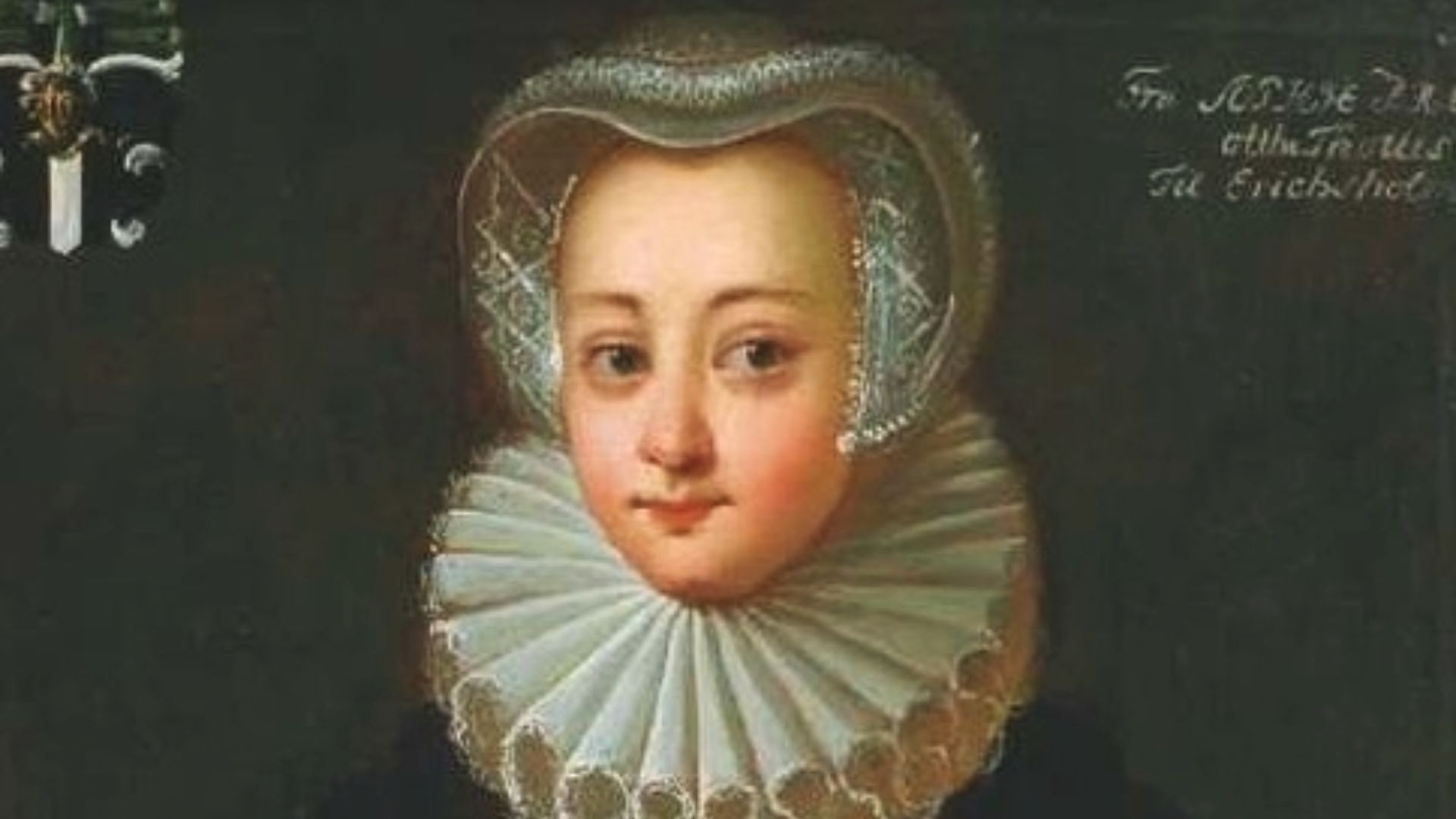 Unknown authorUnknown author, Wikimedia Commons
Unknown authorUnknown author, Wikimedia Commons
De Nova Stella
Brahe then published his supernova observations in the 1573 book De Nova Stella, coining the term "nova" for these celestial phenomena. He condemned those dismissing astronomical implications with the phrase "O crassa ingenia. O caecos coeli spectatores" (O thick wits. O blind watchers of the sky).
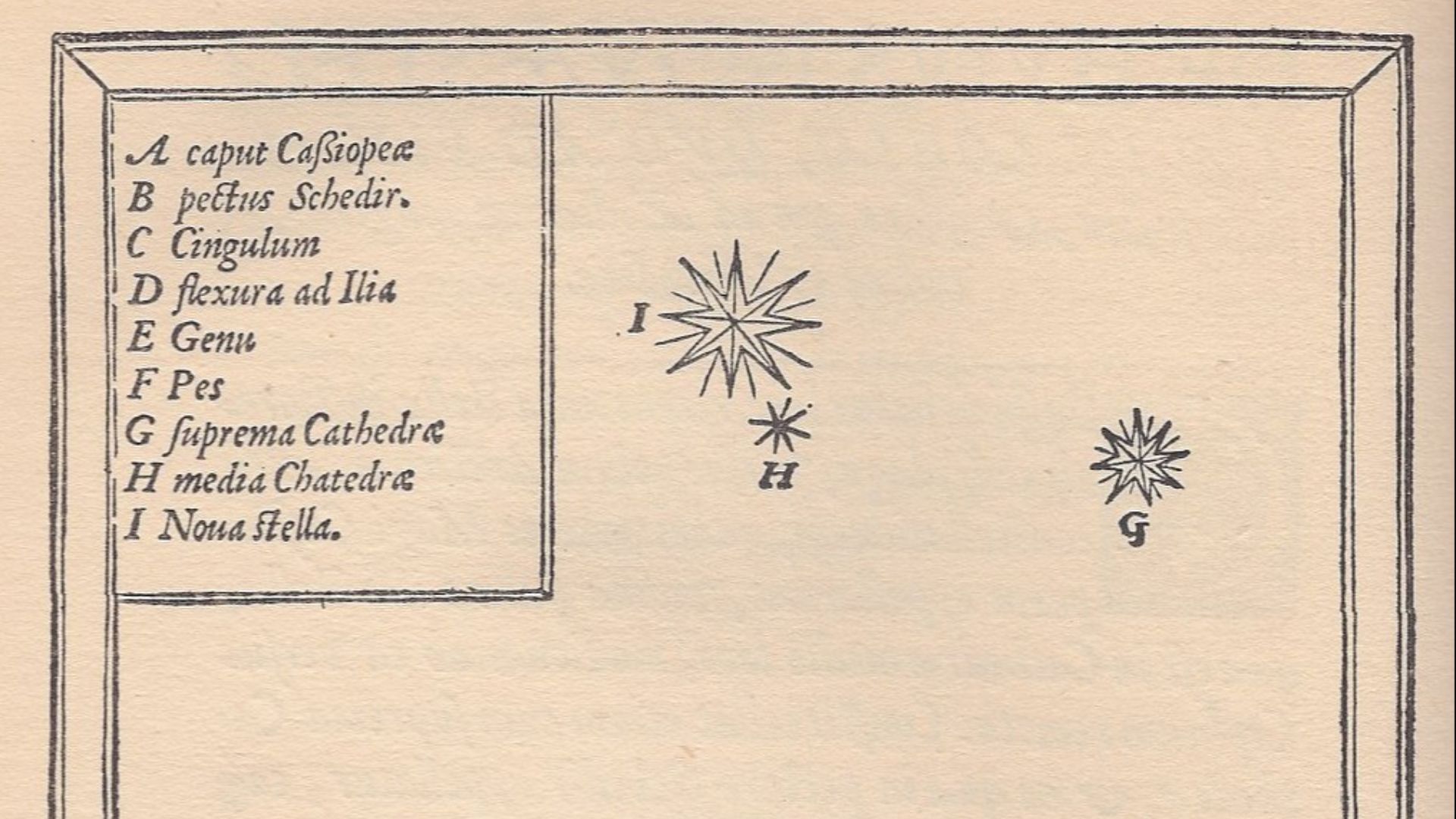 Tycho Brahe, Wikimedia Commons
Tycho Brahe, Wikimedia Commons
Royal Patron's Offer
When Brahe considered relocating to Basel seeking academic community, King Frederick II persuaded him to stay by offering his choice of important military castles like Hammershus or Helsingborg. He declined these prestigious postings, preferring instead the isolated island of Hven for uninterrupted work.
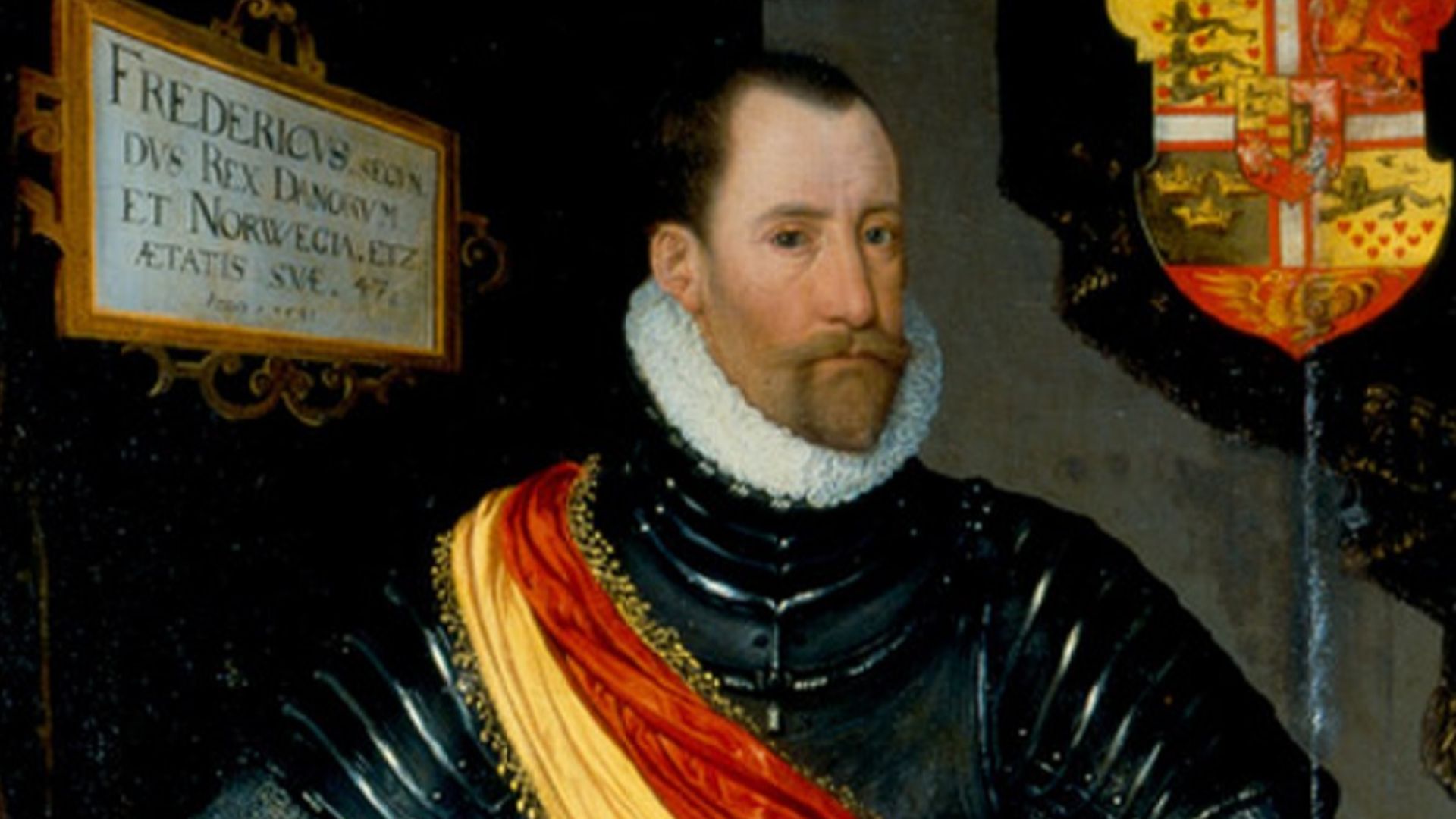 Hans Knieper, Wikimedia Commons
Hans Knieper, Wikimedia Commons
Feudal Administrator
As lord of Hven, this individual required the island's fifty farming families to cultivate twice as much land as before and provide labor for his observatory construction. The resulting conflict led to court cases establishing his feudal rights. It revealed the tension between scientific ambition and local community interests.
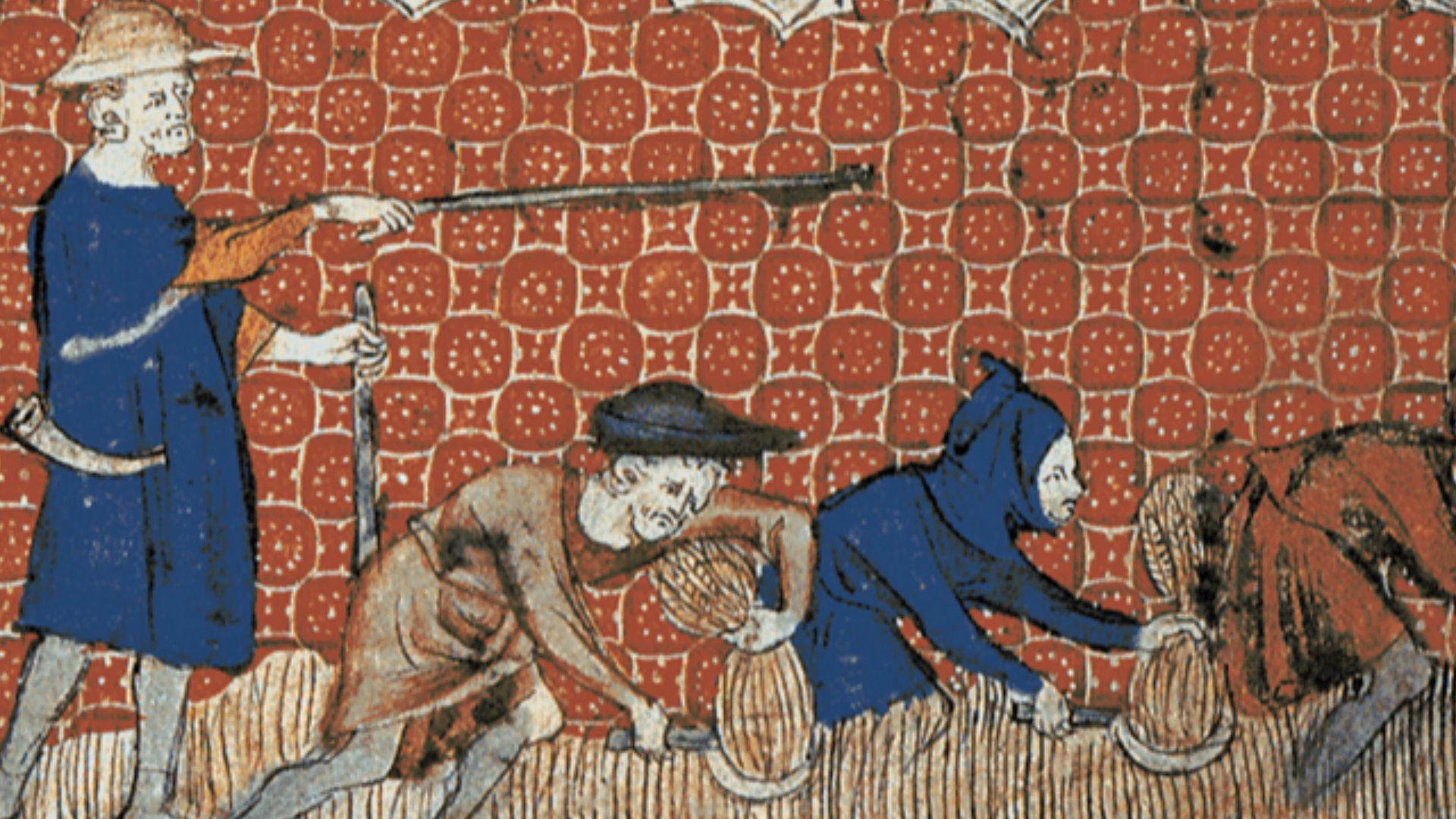 anonymous (Queen Mary Master), Wikimedia Commons
anonymous (Queen Mary Master), Wikimedia Commons
Astronomical Cartography
Alongside his former tutor, Anders Sorensen Vedel, Brahe worked on the comprehensive mapping of the Danish realm. The cartographic project was an example of his diverse scientific contributions beyond astronomy and alchemy. It demonstrated his role in practical applications benefiting the Danish kingdom.
Scientific Correspondence
Brahe maintained extensive communication with European scientists, sharing technological advances while defending his theories against critics. His disputes with physician John Craig and astronomer Nicolaus Reimers Baer (Ursus) over cometary observations and cosmological models were conducted through published works and letters.
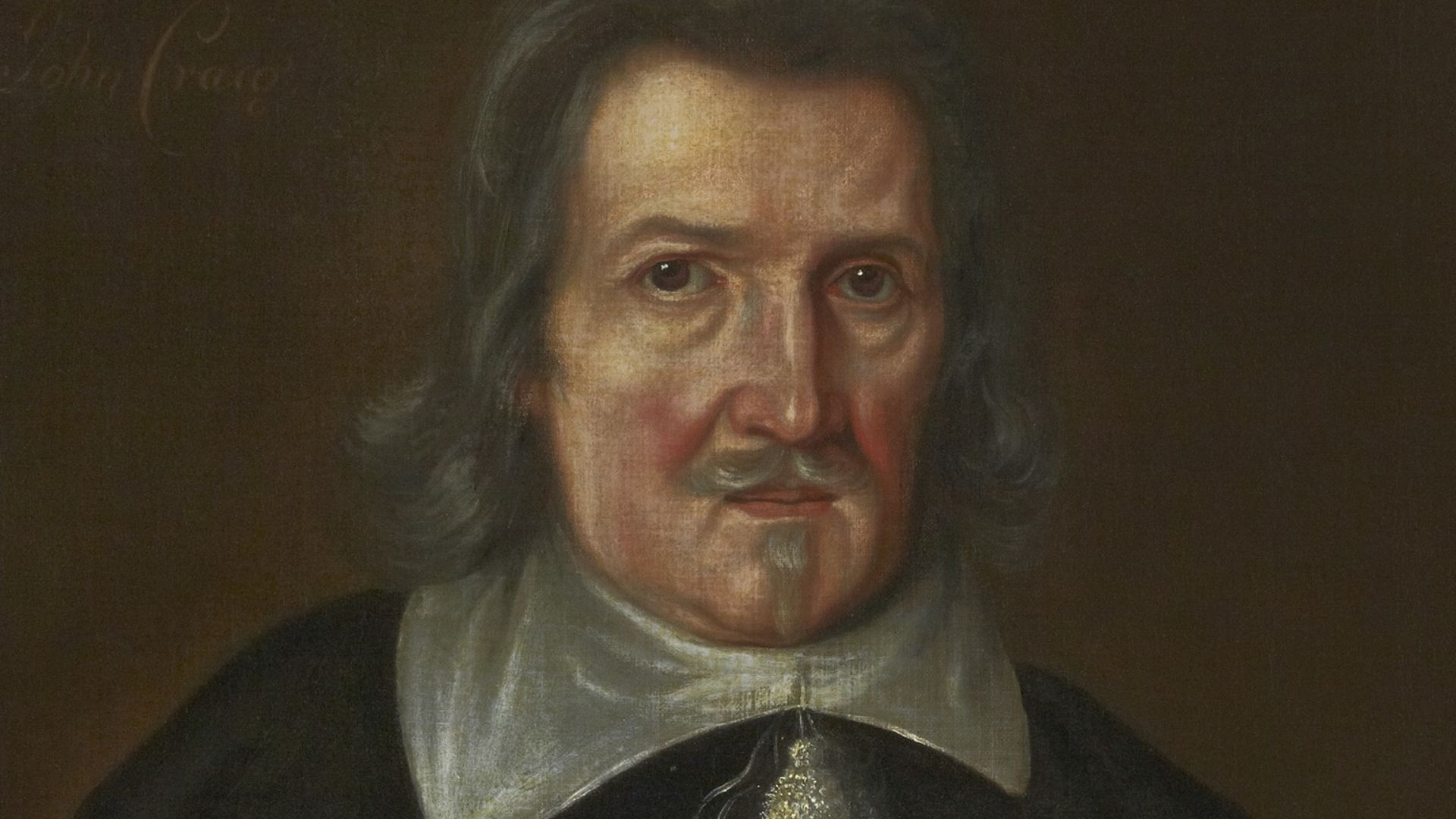 Unknown authorUnknown author, Wikimedia Commons
Unknown authorUnknown author, Wikimedia Commons
The Royal Elk
The astronomer kept unusual pets, including a tame elk that reportedly died after drinking excessive beer and falling down stairs during a nobleman's visit to Landskrona. This anecdote, recorded by Pierre Gassendi, illustrates the colorful personal life behind Brahe's serious scientific pursuits and aristocratic entertainments.
 Jon Sullivan, Wikimedia Commons
Jon Sullivan, Wikimedia Commons
Vast Library
At Uraniborg, Brahe assembled one of Europe's finest scientific libraries, containing astronomical ephemerides, Sacrobosco's De sphaera mundi, Apianus's Cosmographia, and Regiomontanus's works on triangulation. These texts were said to have formed the intellectual foundation for his fantastic astronomical and alchemical investigations.
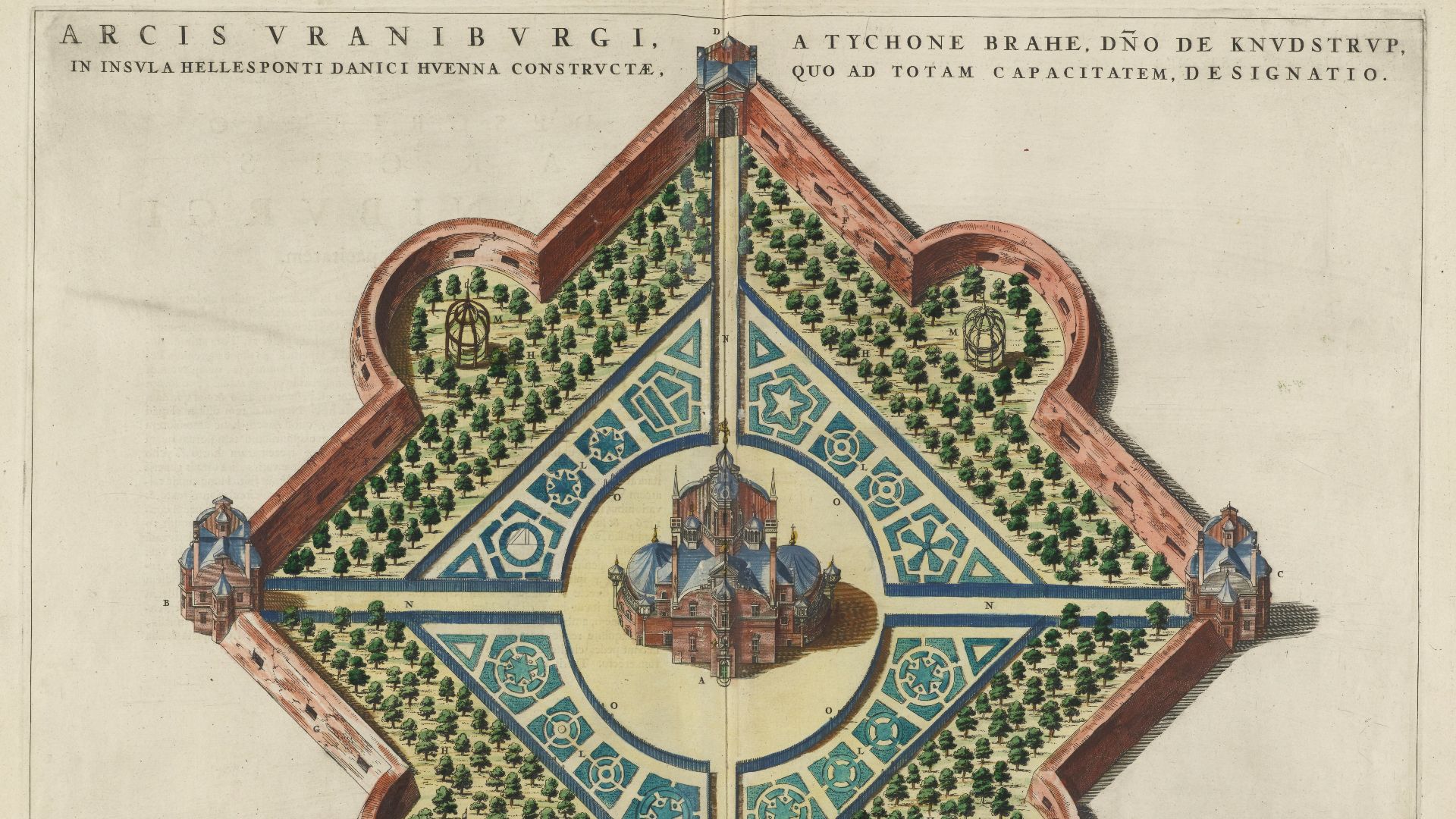 Tycho Brahe, Wikimedia Commons
Tycho Brahe, Wikimedia Commons
Early Scientific Publications
In 1588, he published the second volume of his magnum opus, Astronomiae Instauratae Progymnasmata (Introduction to the New Astronomy), focusing on the 1577 comet. The first volume about his famous 1572 nova remained uncompleted during his lifetime, finally appearing posthumously in Prague between 1602 and 1603.
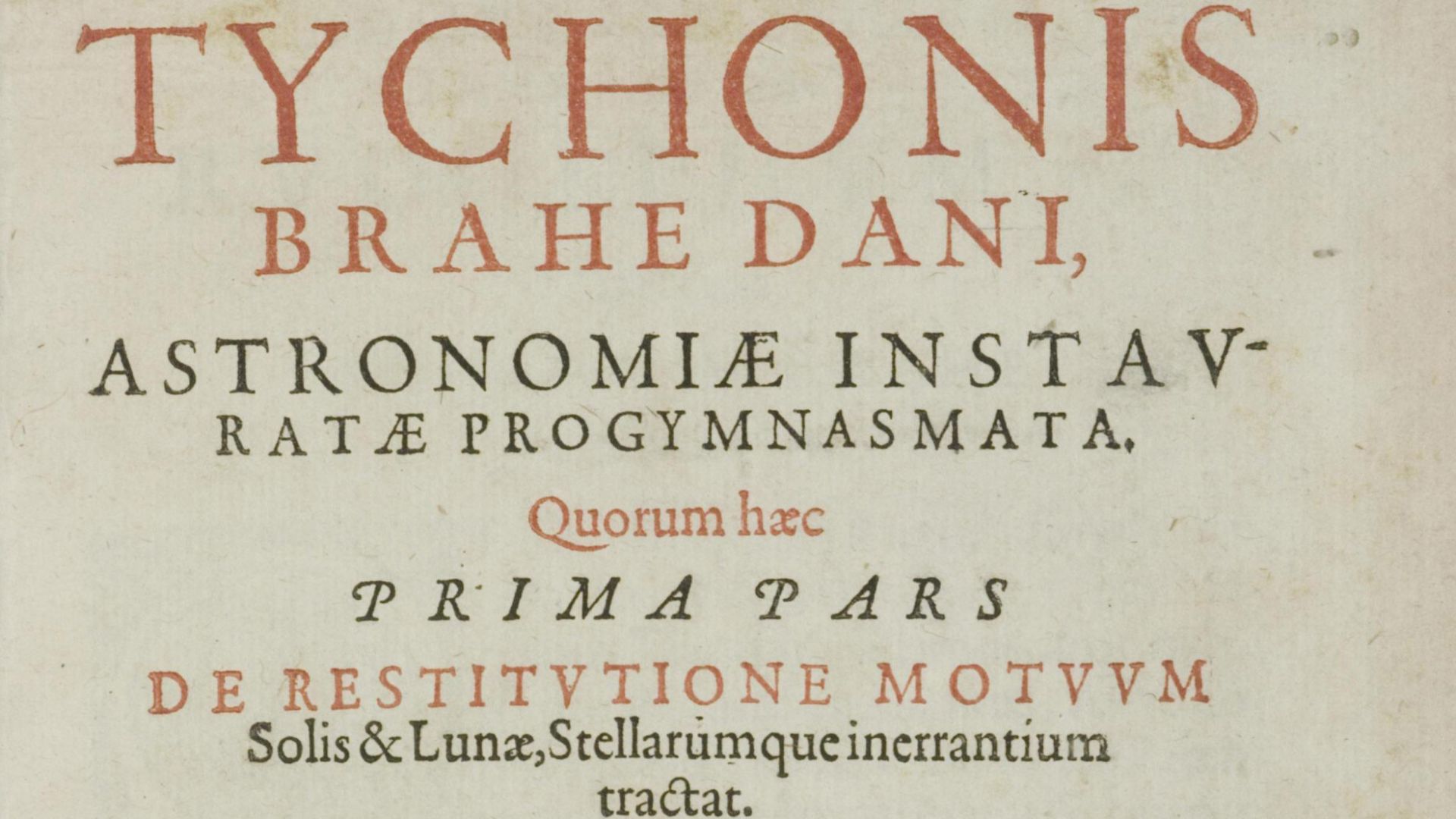 Tycho Brahe, Wikimedia Commons
Tycho Brahe, Wikimedia Commons
Royal Visitor From Scotland
Among Uraniborg's distinguished visitors was James VI of Scotland (later James I of England), who later married the Danish princess Anne. After his 1590 visit, James wrote a poem comparing Brahe to Apollo and Phaethon, demonstrating how Brahe's scientific reputation attracted international royal attention.
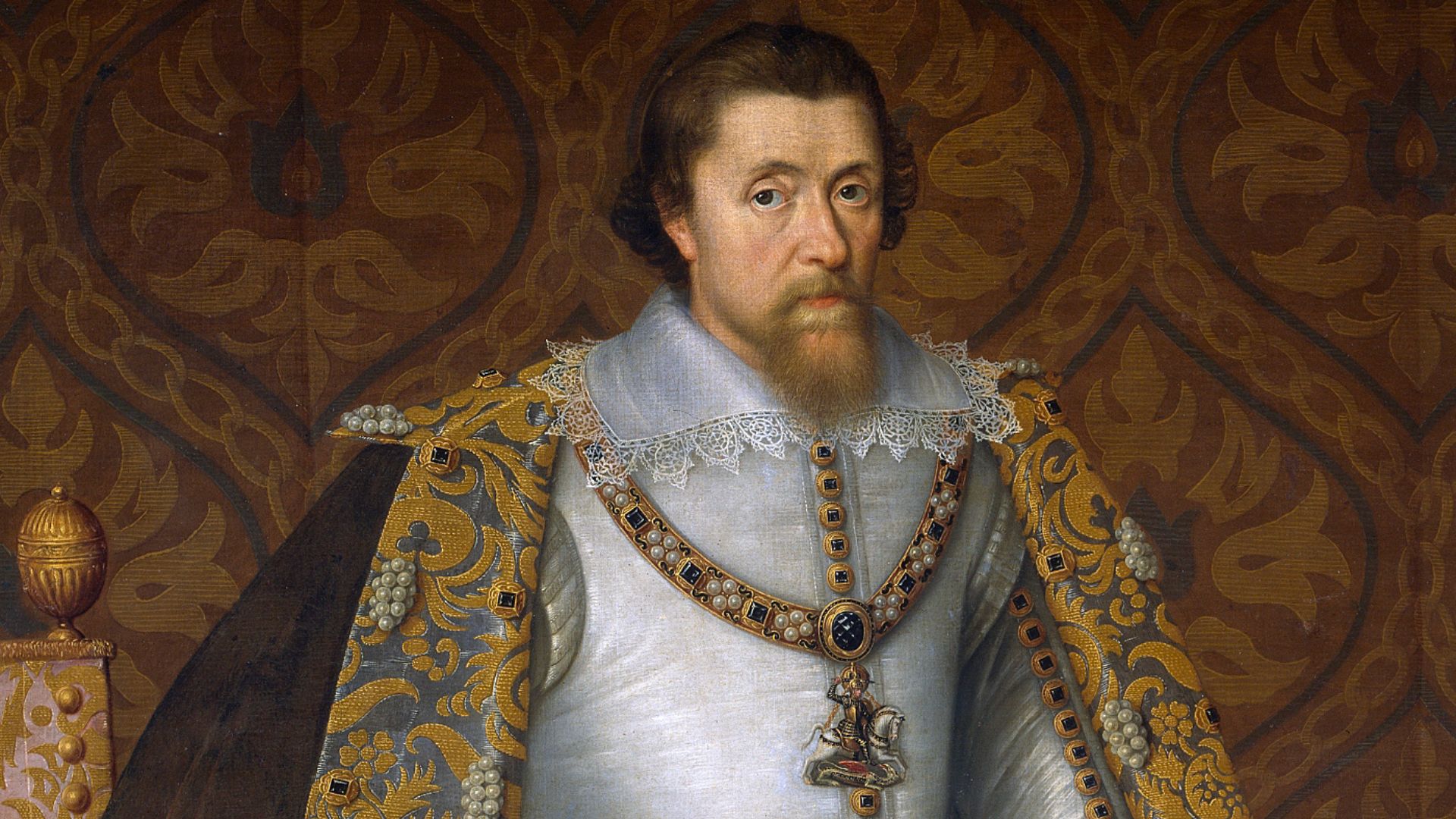 Attributed to John de Critz, Wikimedia Commons
Attributed to John de Critz, Wikimedia Commons
Celestial Record-Keeping
Before leaving Hven in 1597, the astronomer completed his star catalog, documenting the positions of 1,000 stars with unprecedented precision. His paper mill and printing press at Uraniborg, among the first in Scandinavia, allowed him to publish findings on locally produced paper bearing his own watermark.
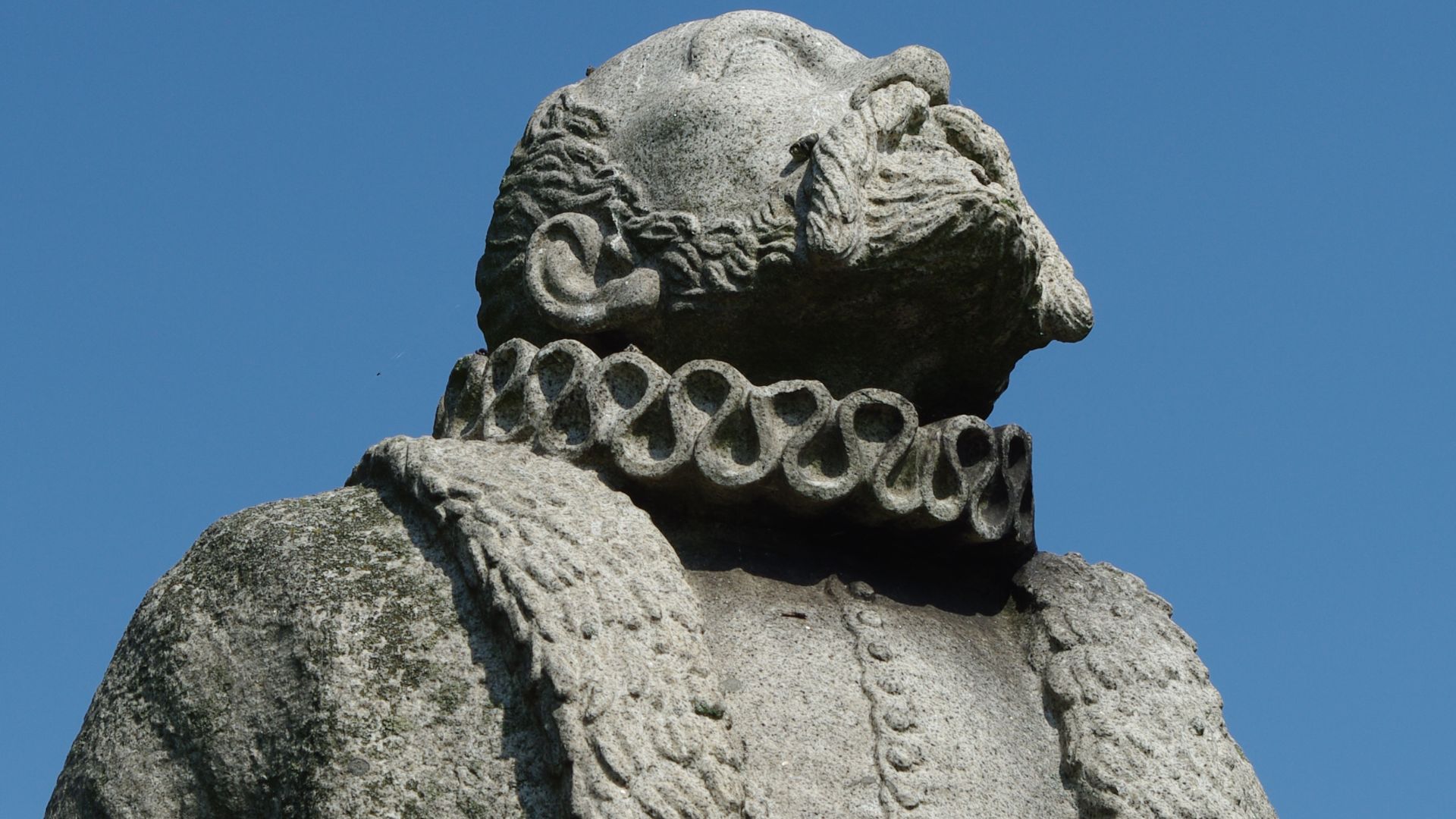 Sven Rosborn, Wikimedia Commons
Sven Rosborn, Wikimedia Commons
Meeting Emperor Rudolf II
In 1599, Holy Roman Emperor Rudolf II, a known patron of sciences and occult arts, appointed Brahe as Imperial Court Astronomer with generous financial support. Several nobles additionally funded Brahe's work, including Oldrich Pruskowsky von Pruskow, to whom he dedicated his well-known "Mechanica," detailing his instruments.
 Hans von Aachen, Wikimedia Commons
Hans von Aachen, Wikimedia Commons
Instrument Preservation Attempts
Pre-exile, Brahe transported some instruments to Copenhagen, showcasing them on city walls, hoping to regain royal favor. The instruments left behind at Uraniborg were later inspected by King Christian's envoys, who, lacking astronomical knowledge, declared his quadrants and sextants as “useless and even harmful”.
Measurement Achievements
Brahe's star catalog achieved median errors of only about 1.5 arcminutes for stellar positions, with raw observational logs reaching accuracy between 32 and 48 arcseconds. He pioneered the first systematic tables correcting atmospheric refraction, though these contained no corrections above 45° altitude.
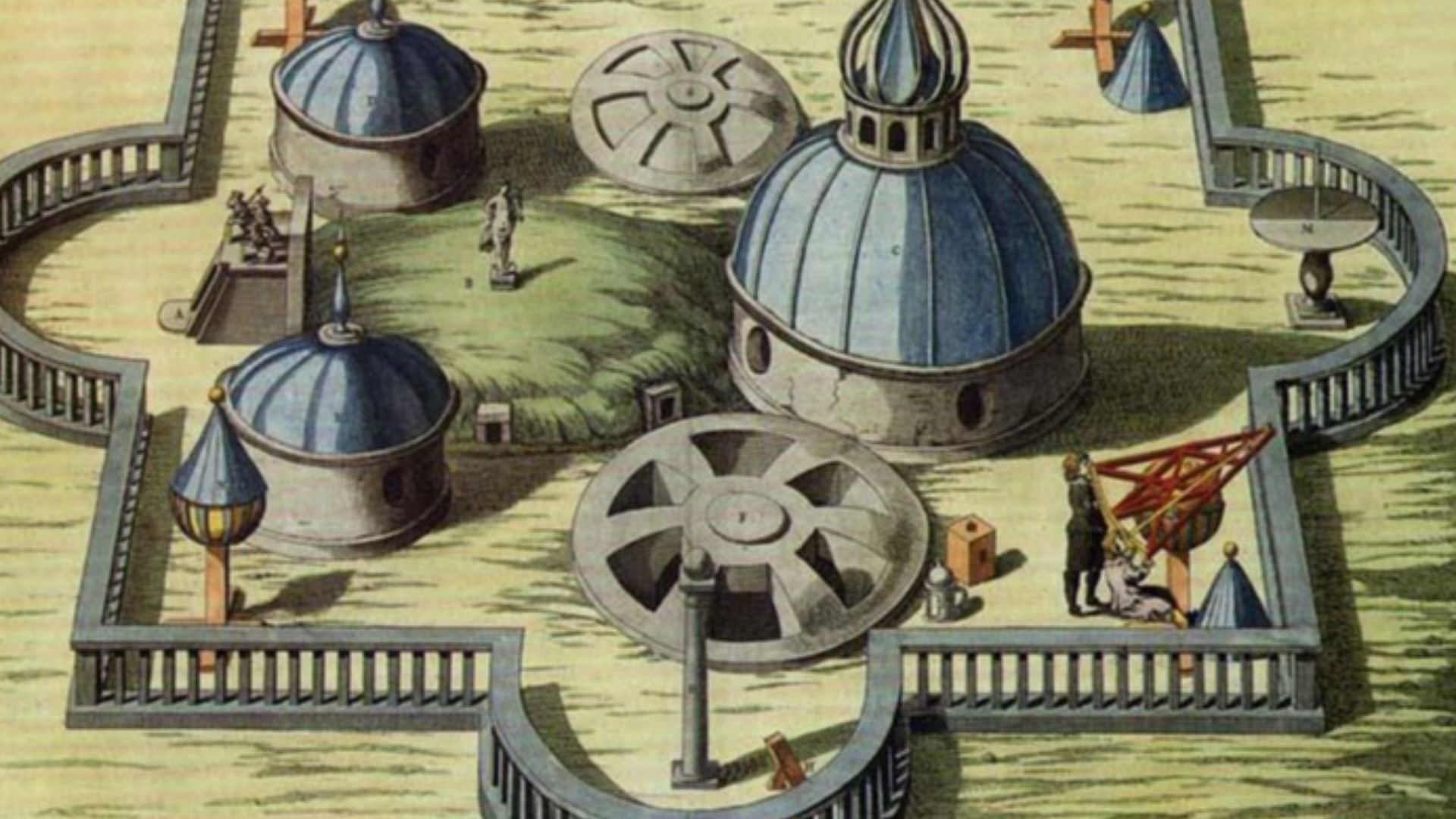 Tycho Brahe, Wikimedia Commons
Tycho Brahe, Wikimedia Commons
Mathematical Innovation
To perform the numerous calculations required for astronomical data processing, Brahe extensively used prosthaphaeresis. This was a pre-logarithmic calculation method based on trigonometric identities. The mathematical approach allowed him to handle computational challenges without any modern mathematical tools.
First Scientific Biography
Pierre Gassendi wrote the first full-length biography of Brahe in 1654. This was also notable as the first comprehensive biography of any scientist in history. The work, Tychonis Brahe, equitis Dani, astronomorum coryphaei, vita, established the traditional view of him as primarily an empirical observer.
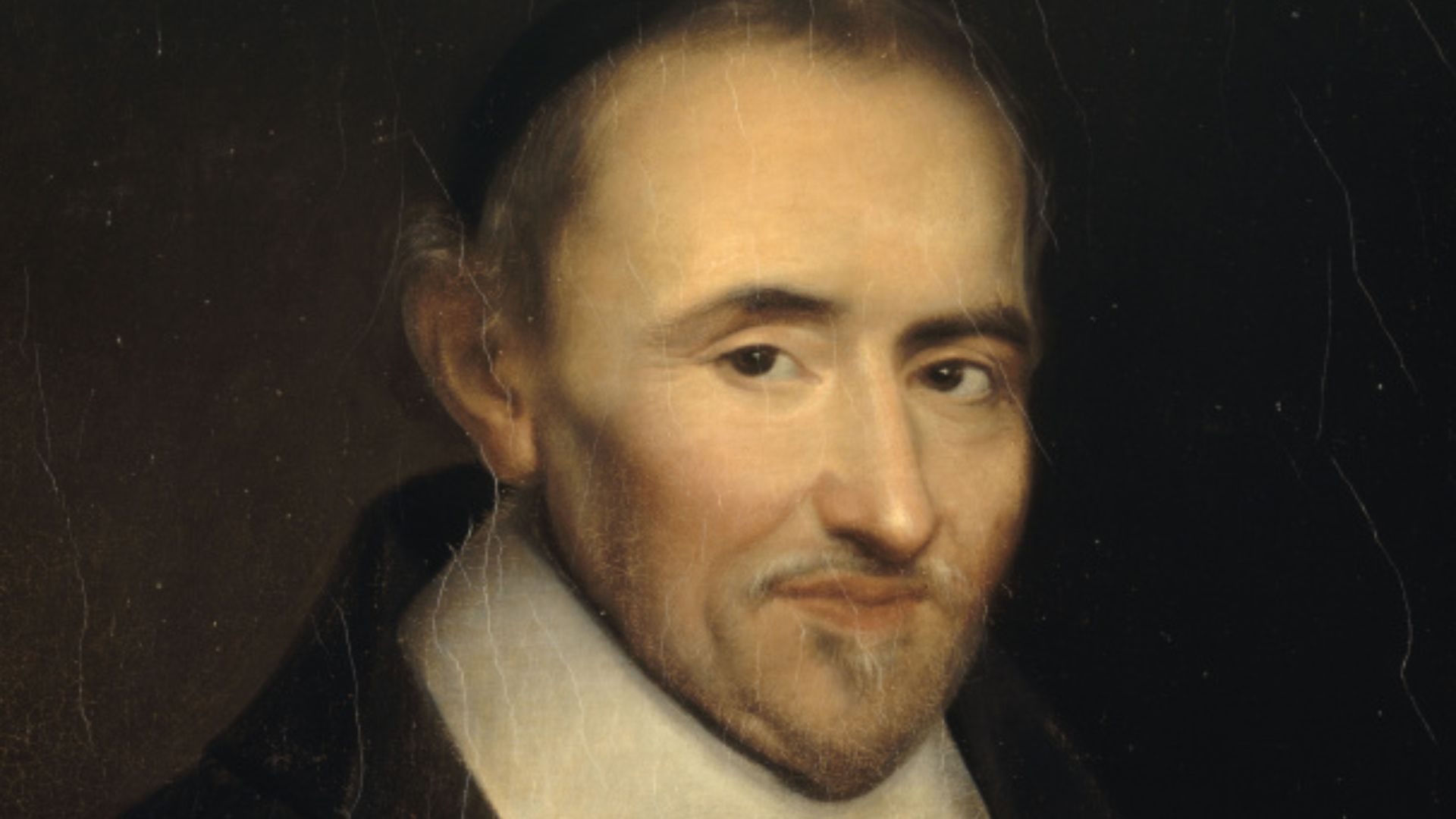 Louis-Édouard Rioult, Wikimedia Commons
Louis-Édouard Rioult, Wikimedia Commons
Tycho's Artistic Portrayal
Besides, a 1586 portrait by Jacques de Gheyn shows Brahe framed by the family shields of his high-born ancestors, emphasizing his aristocratic heritage. Another portrait appears in his 1598 book Stellarum octavi orbis inerrantium accurata restitutio, helping cement his image for posterity.
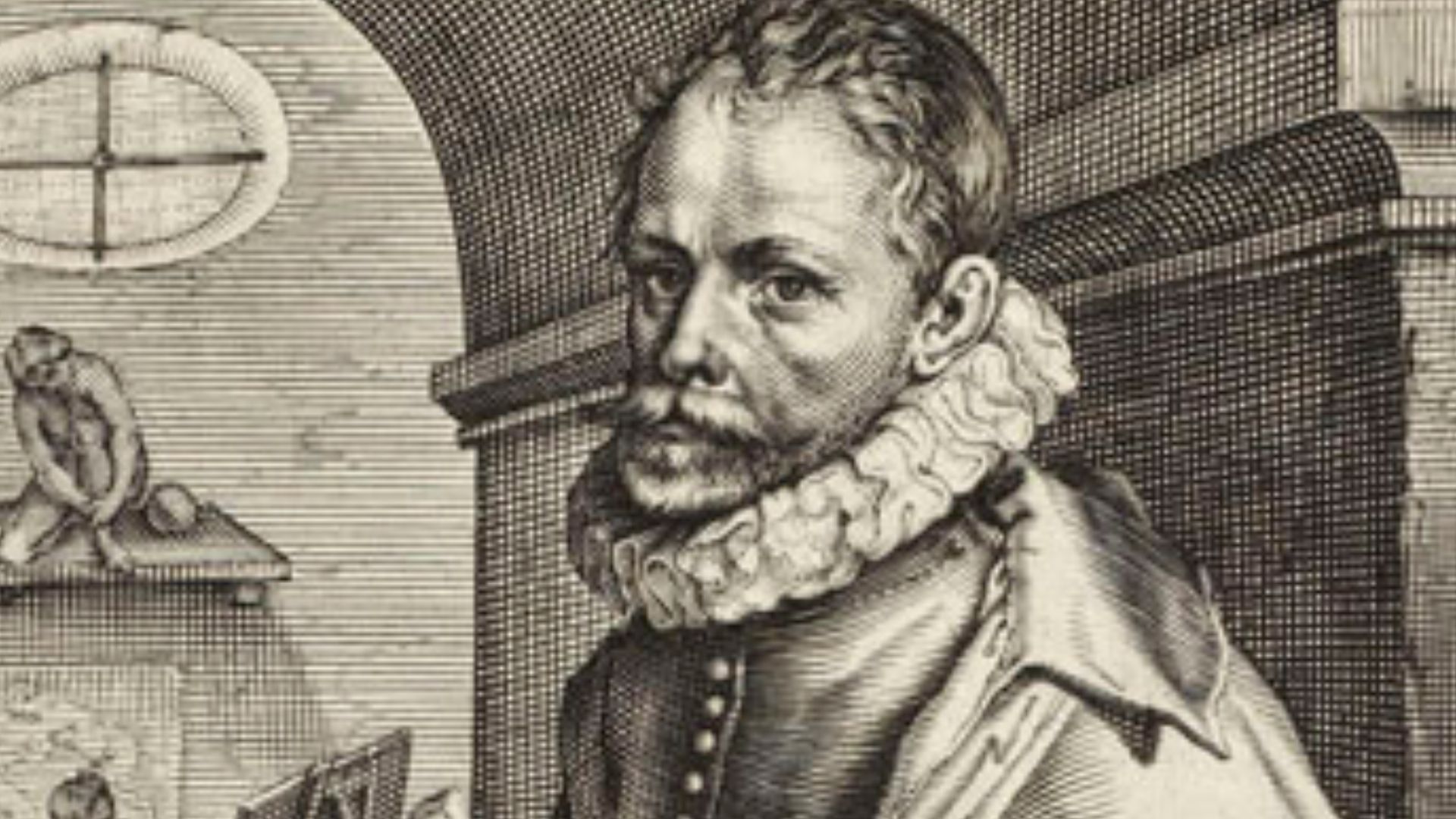 Hendrick Hondius I, Wikimedia Commons
Hendrick Hondius I, Wikimedia Commons
Final Prague Home
The legend passed away in Prague and was buried in the Church of Our Lady before Tyn in the Old Town Square, near the famous Prague Astronomical Clock—a fitting location connecting his mortal remains with astronomical timekeeping. His grave became a scientific pilgrimage site for astronomers across Europe.
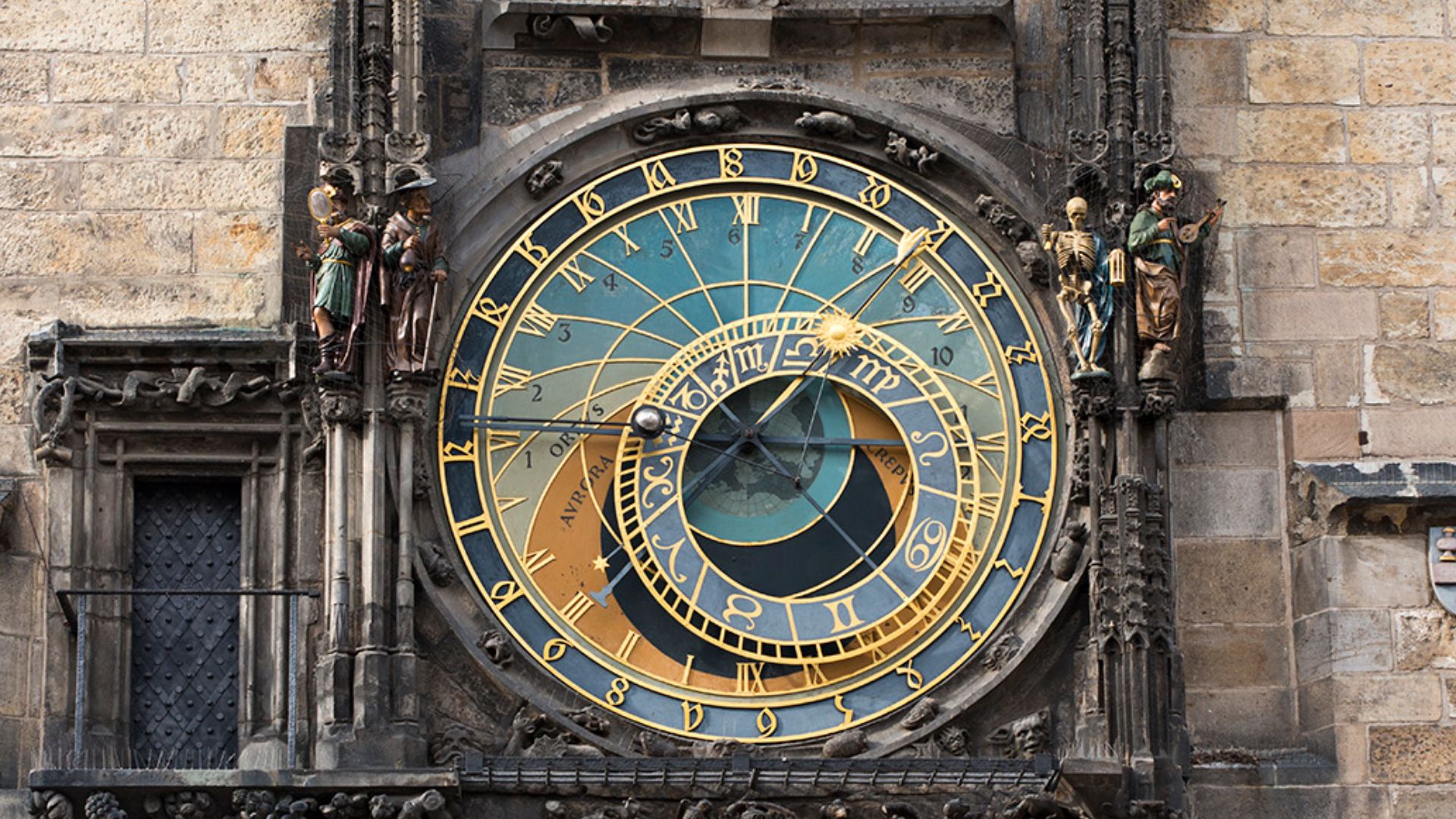 Steve Collis from Melbourne, Australia, Wikimedia Commons
Steve Collis from Melbourne, Australia, Wikimedia Commons
Last Words
The night before his demise, Brahe suffered from delirium during which he exclaimed that he hoped he would not “seem to have lived in vain”. His self-composed epitaph—"He lived like a sage and died like a fool"—mirrors his scholarly achievements and the unusual circumstances of his demise.
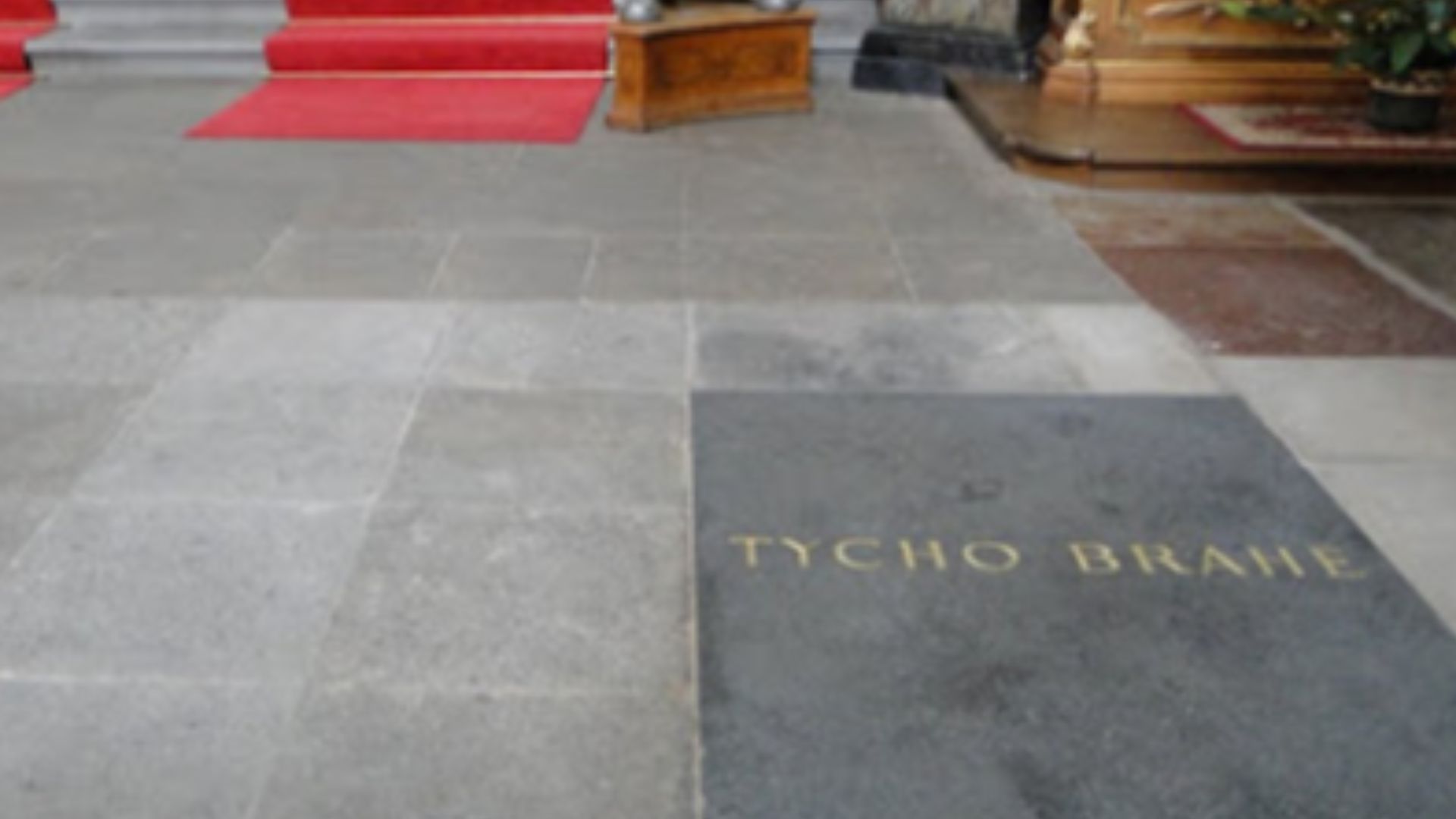 Leon petrosyan, Wikimedia Commons
Leon petrosyan, Wikimedia Commons
Posthumous Investigation
A 2010 exhumation of the astronomer’s remains by Czech and Danish scientists definitively ruled out mercury poisoning as his cause of death. Analysis of his beard hair revealed only external mercury exposure, likely from alchemical activities, disproving centuries-old rumors that he had been intentionally poisoned.
Cultural Immortalization
This man’s legacy extends into literature and astronomy. Edgar Allan Poe's poem Al Aaraaf was inspired by Tycho's 1572 supernova. That’s not all. Besides, a lunar crater, a Martian crater, and a minor planet, 1677, are all named in his honor.
Legacy Reappraisal
Modern scholarship has reassessed Brahe's significance beyond merely providing data for Kepler. The Tycho Brahe Prize, established in 2008 by the European Astronomical Society, recognizes pioneering development or exploitation of European astronomical instrumentation, honoring his technological inventions that continue to influence present-day astronomy.
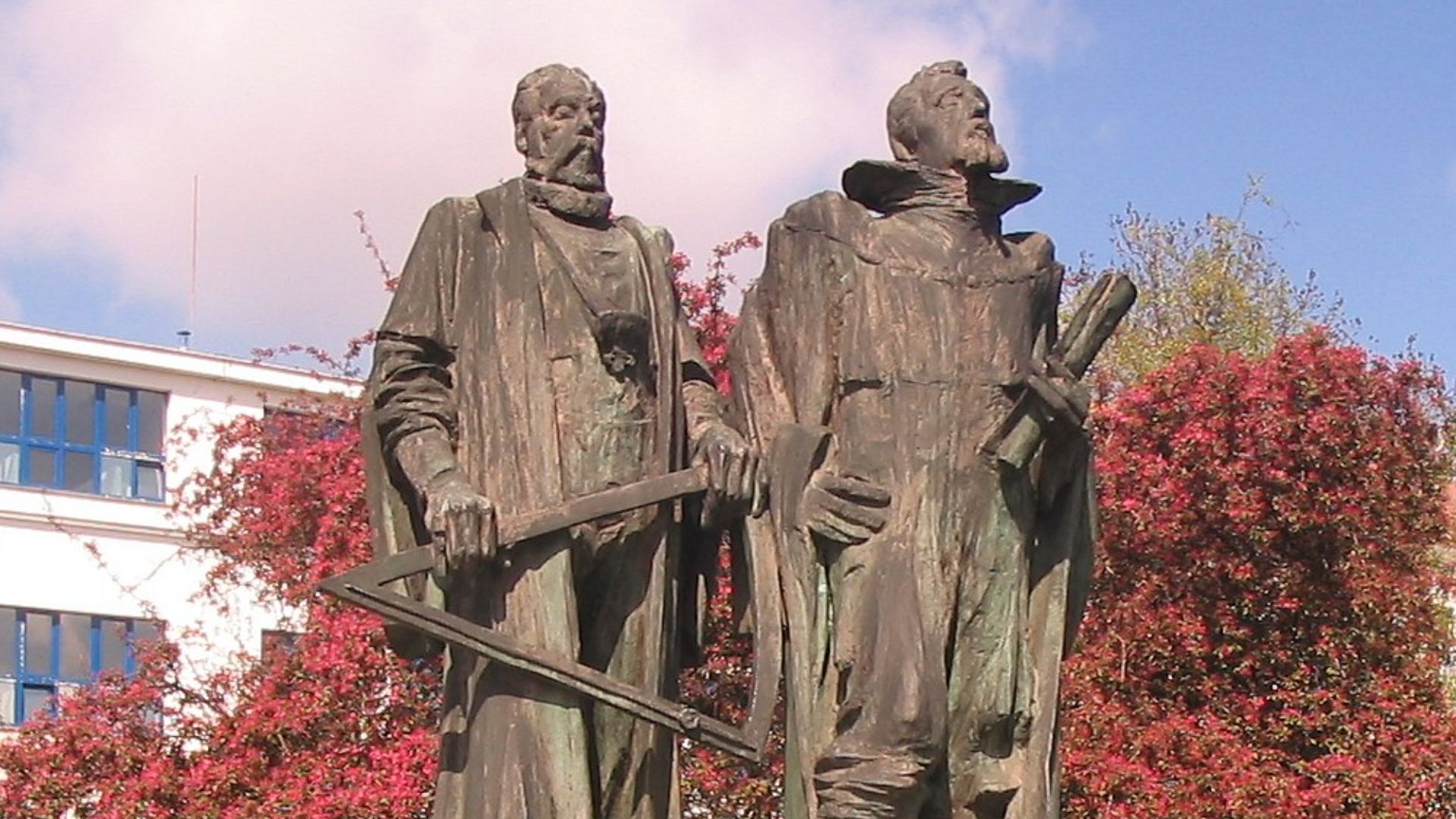 Josef Vajce, Wikimedia Commons
Josef Vajce, Wikimedia Commons

